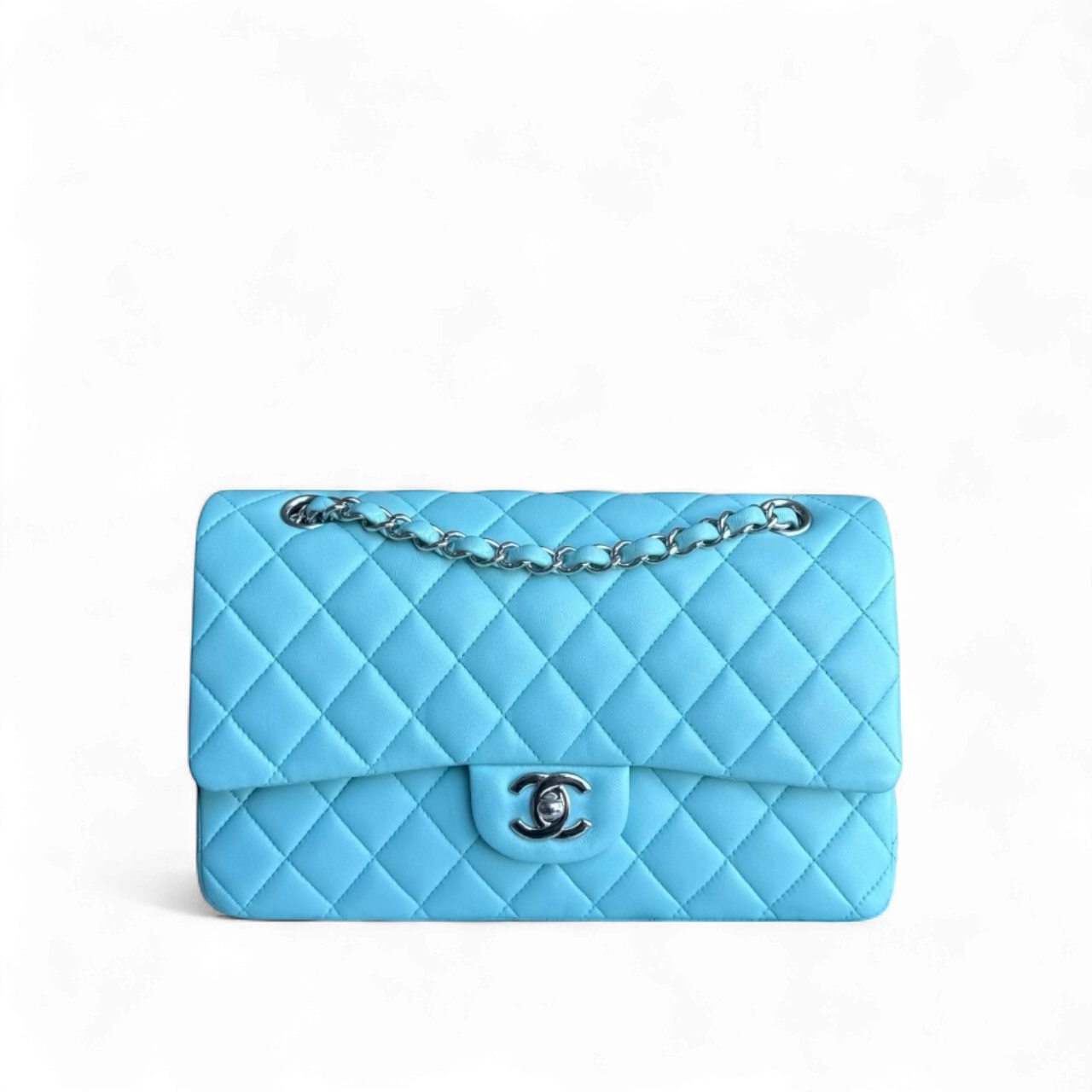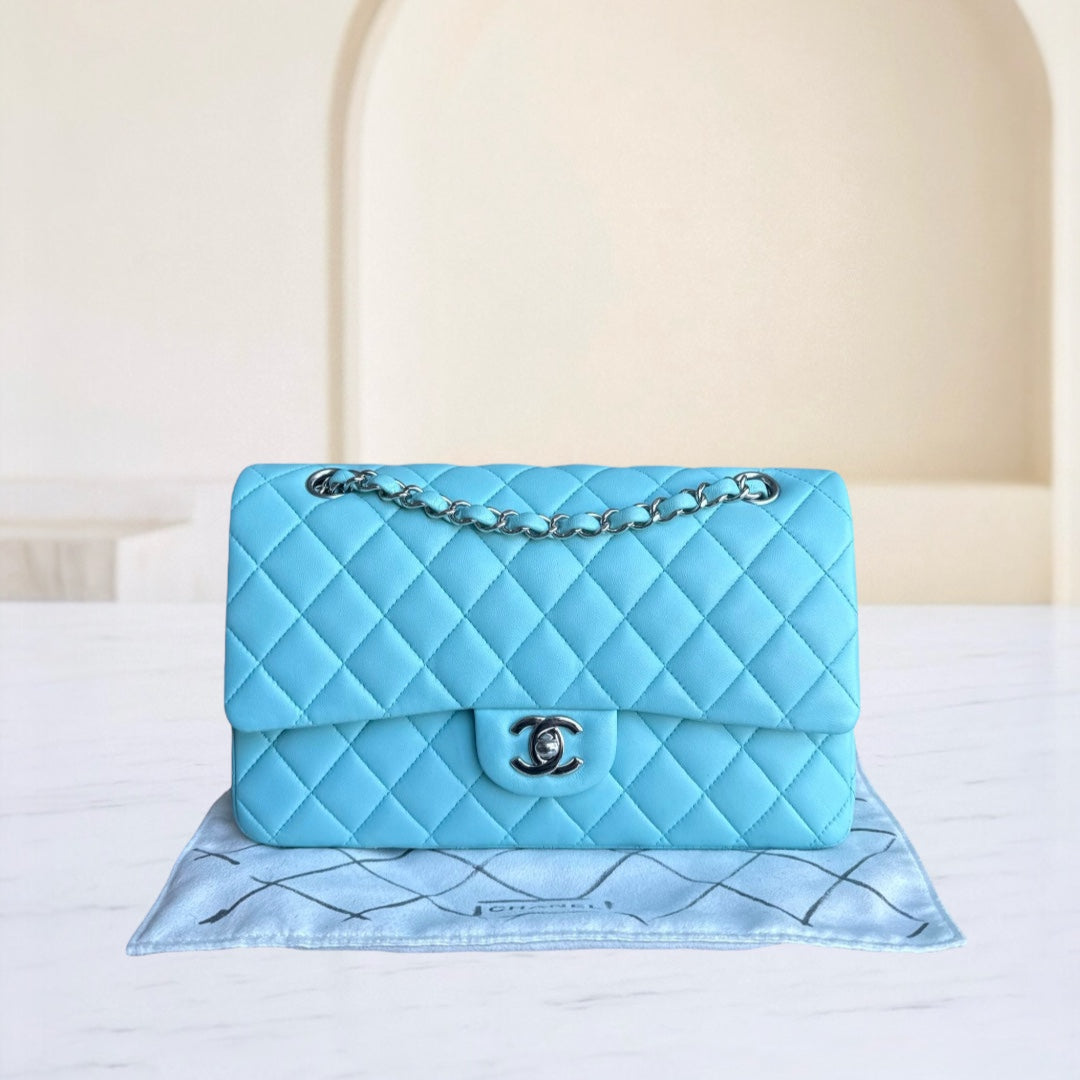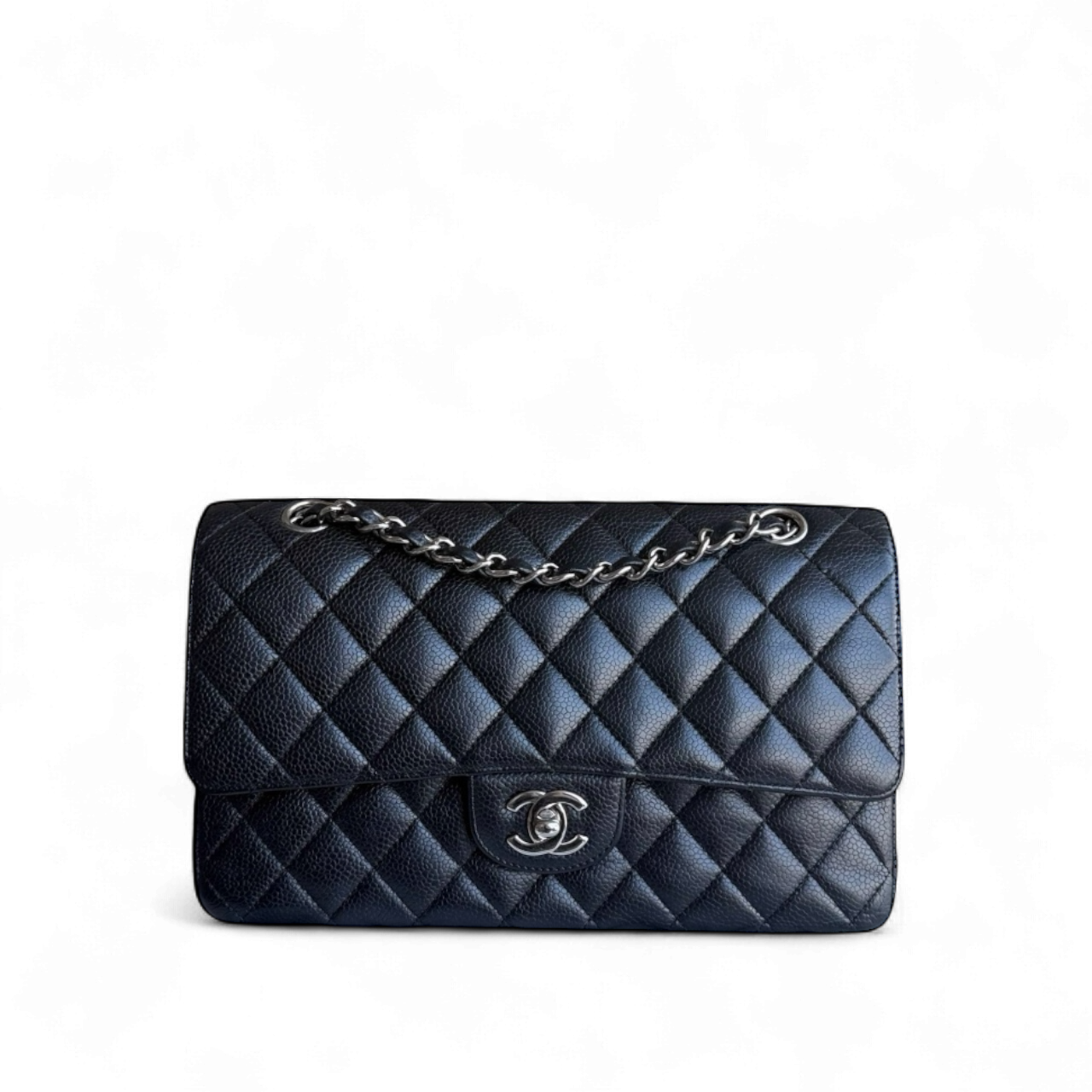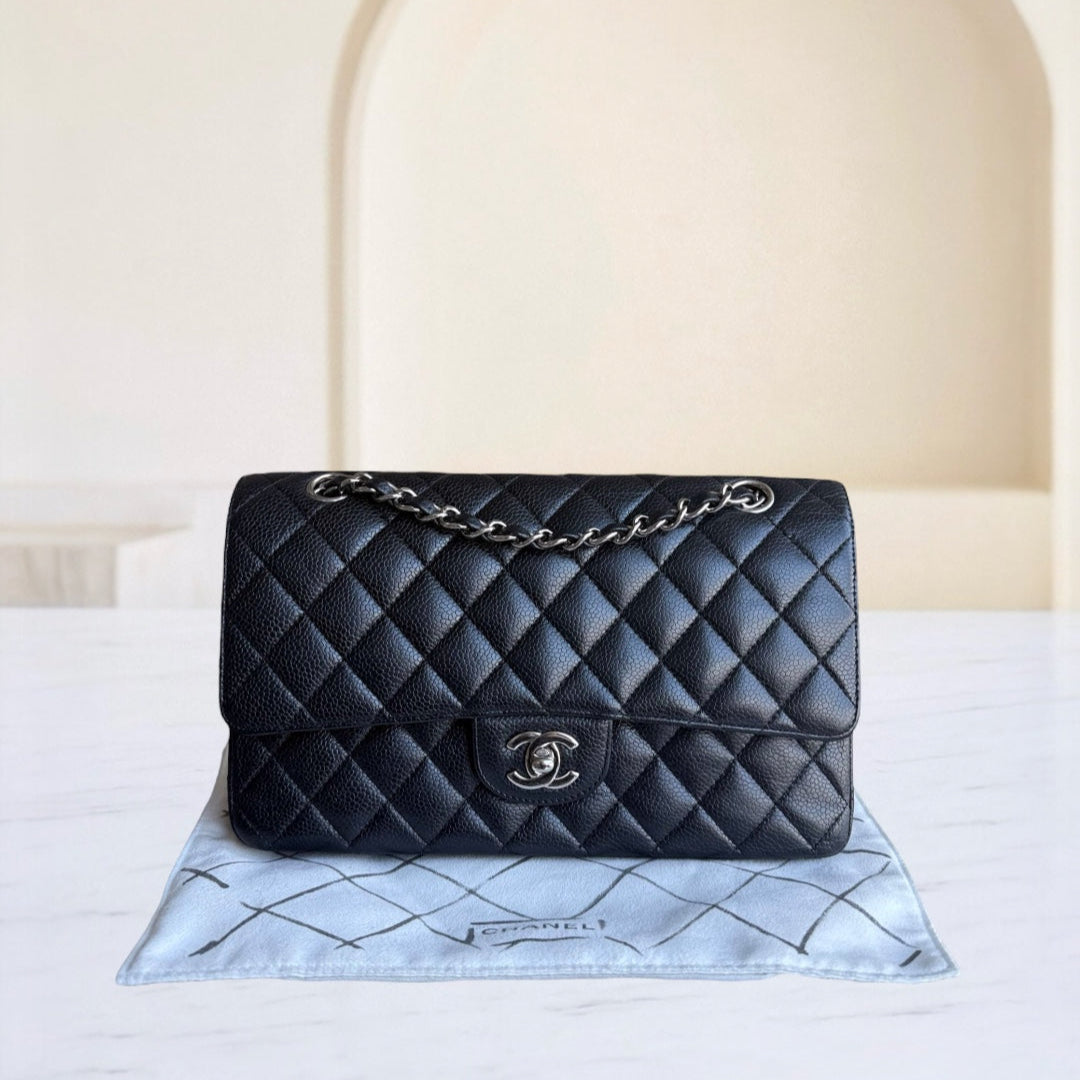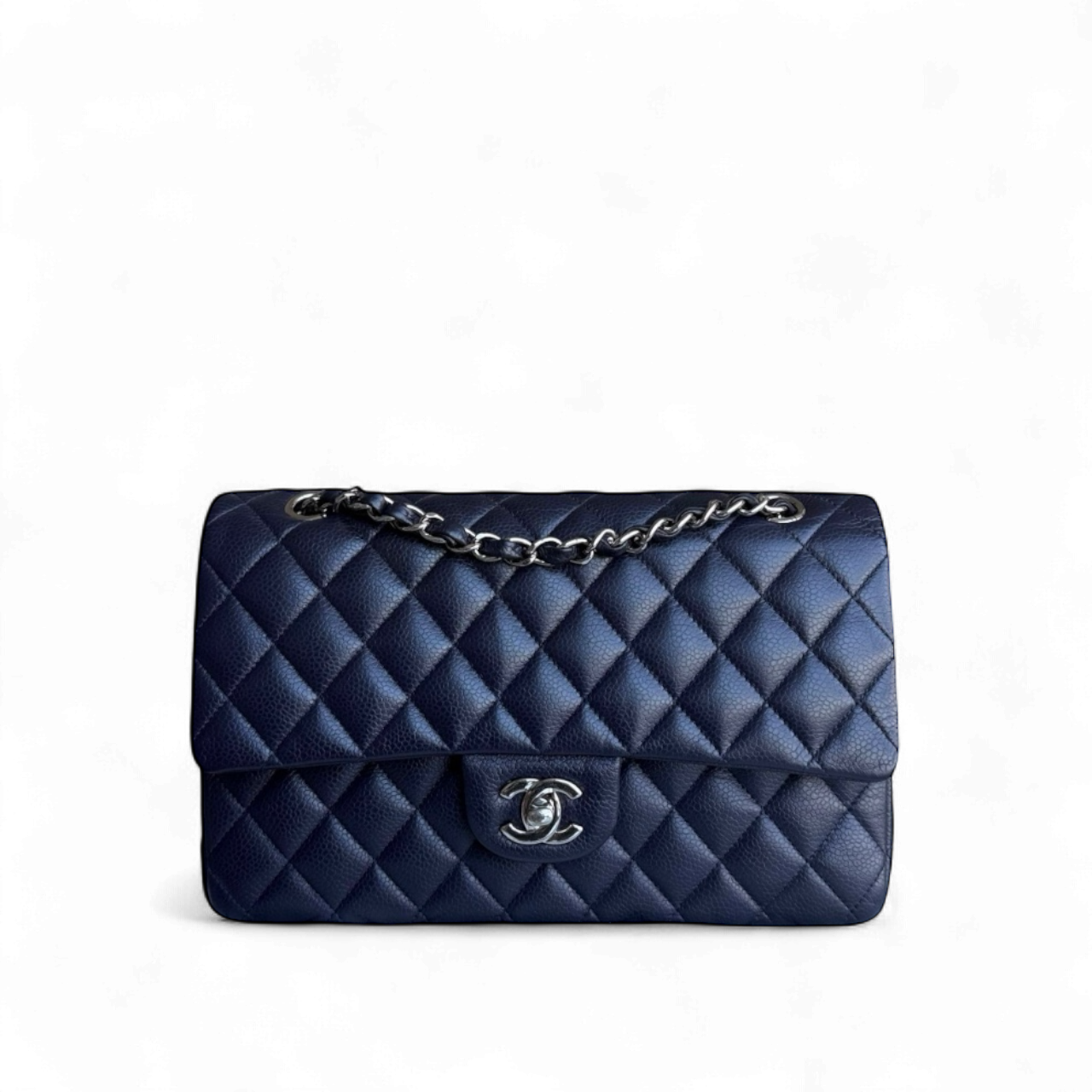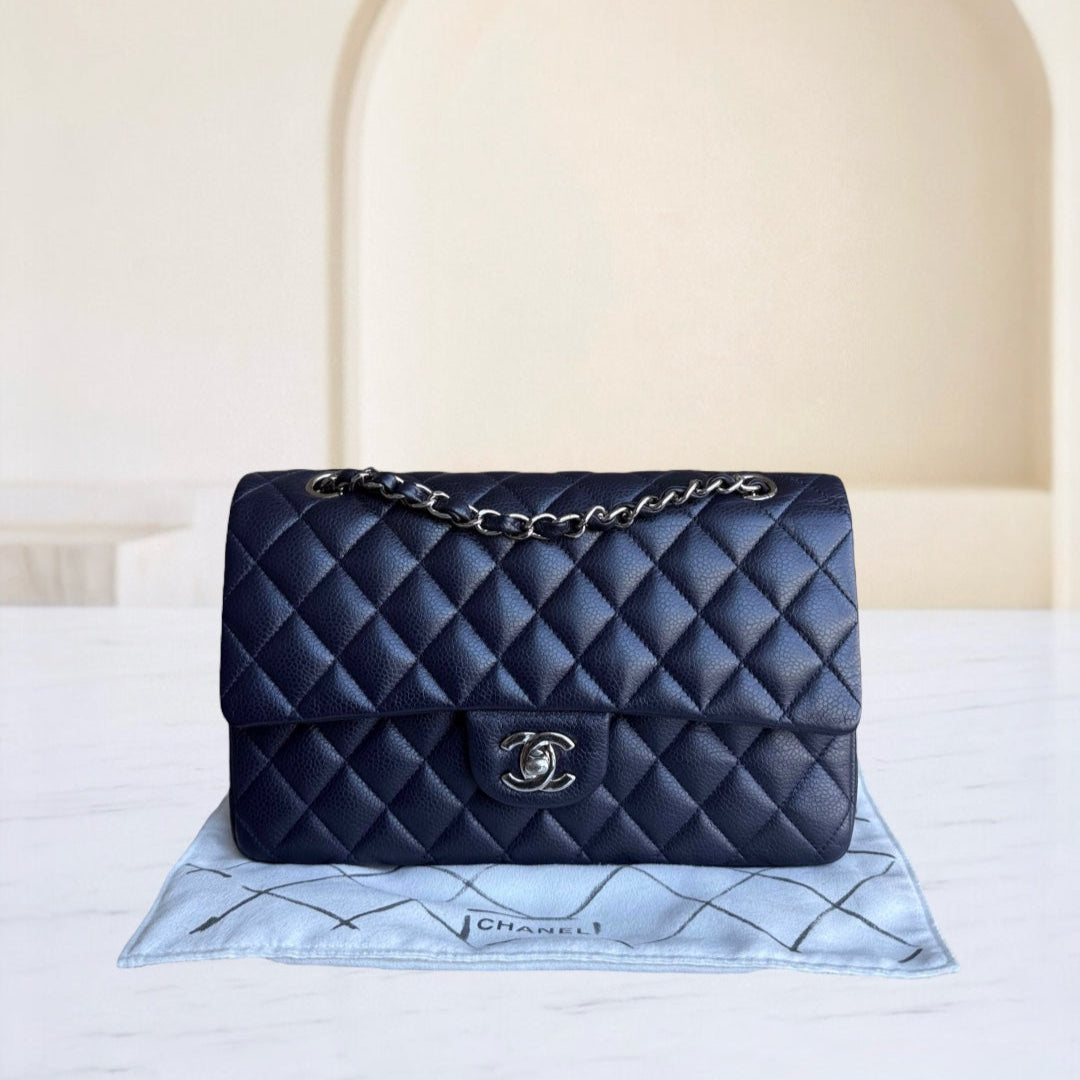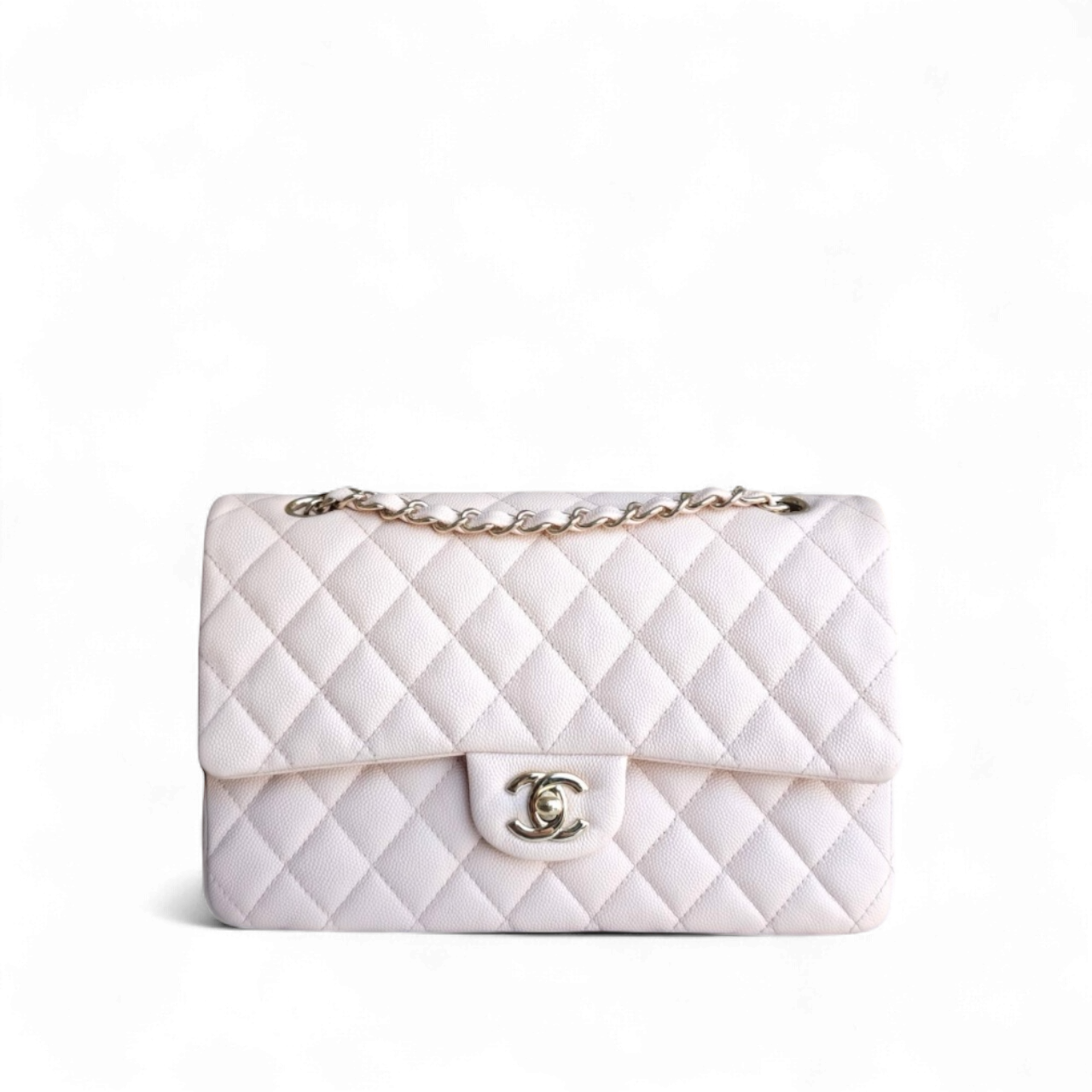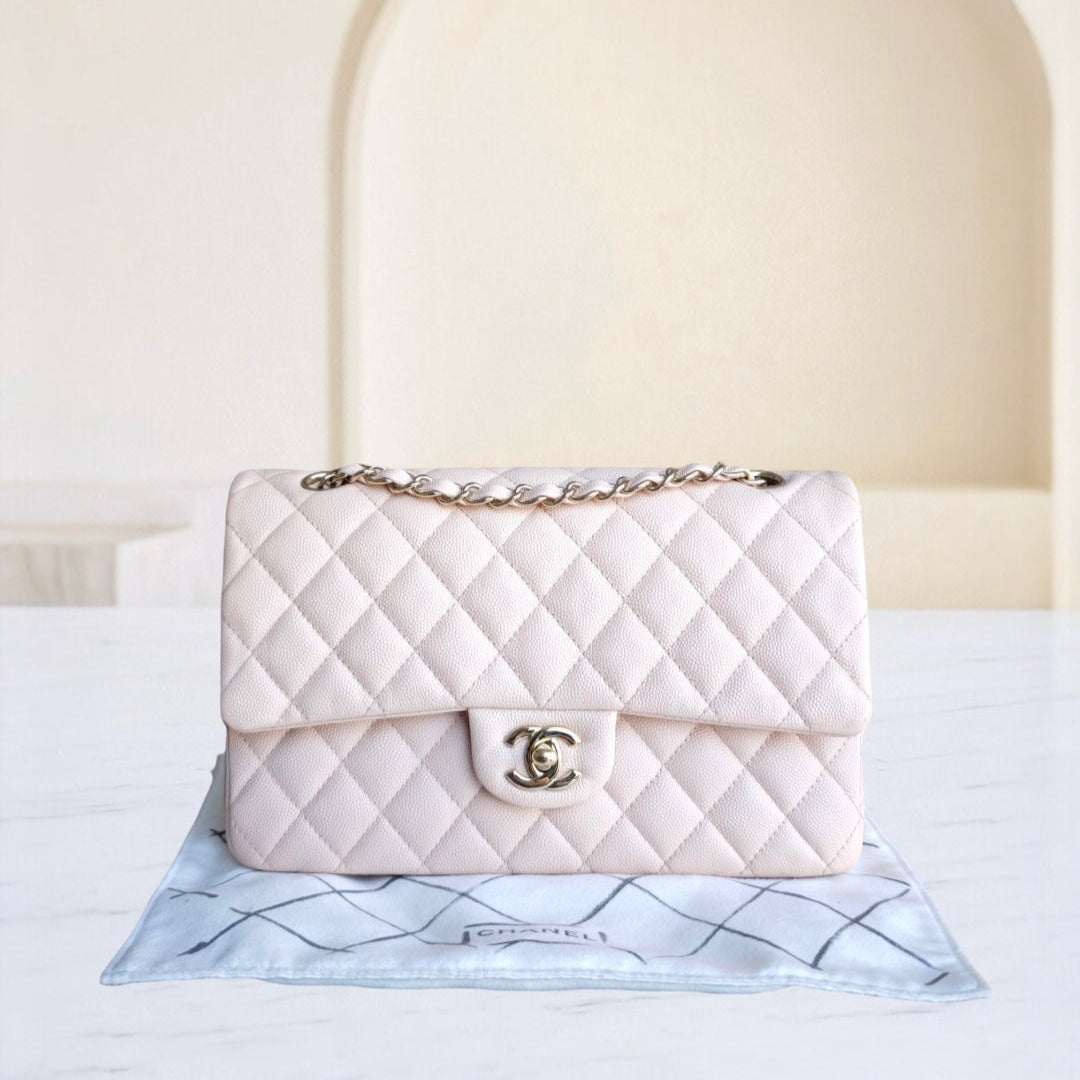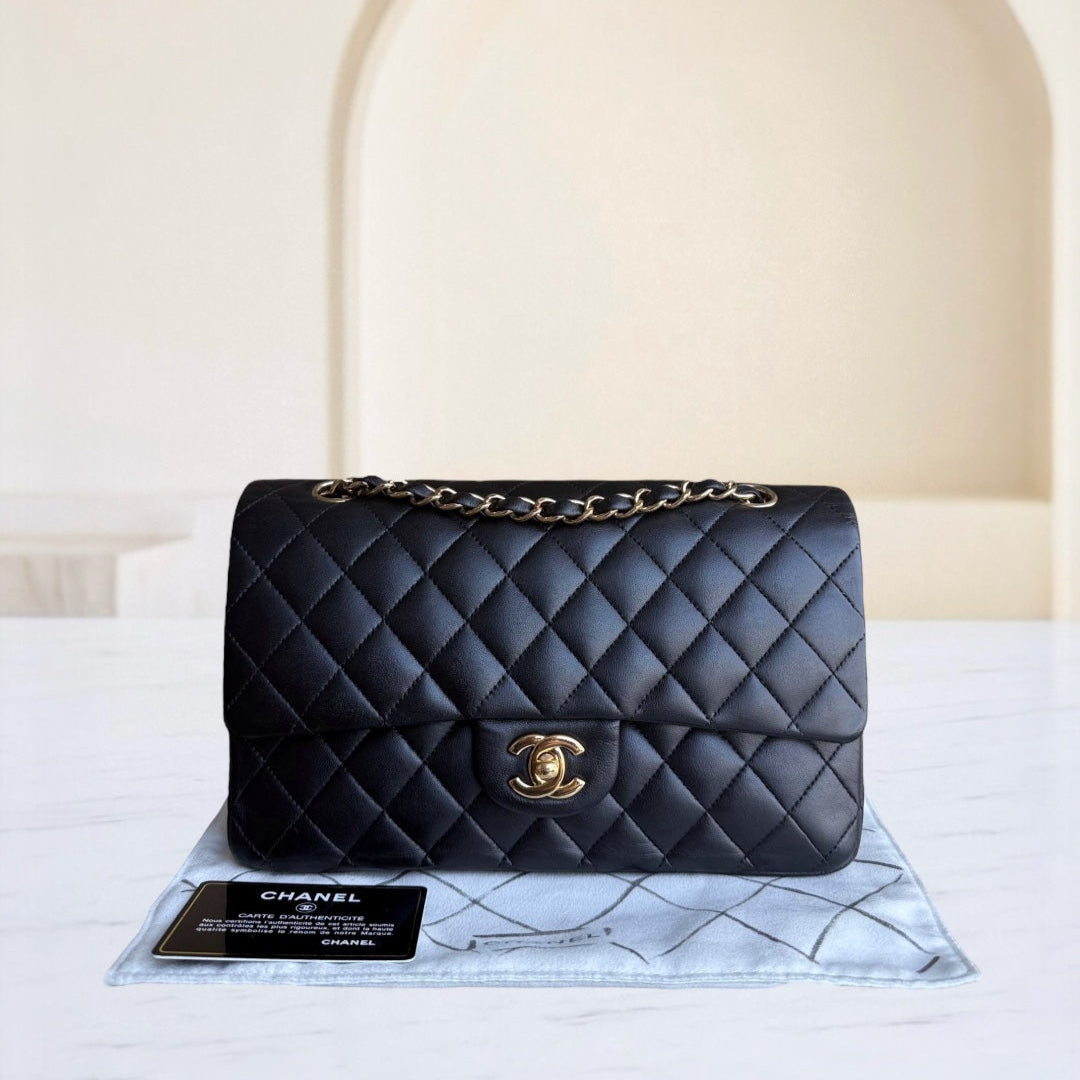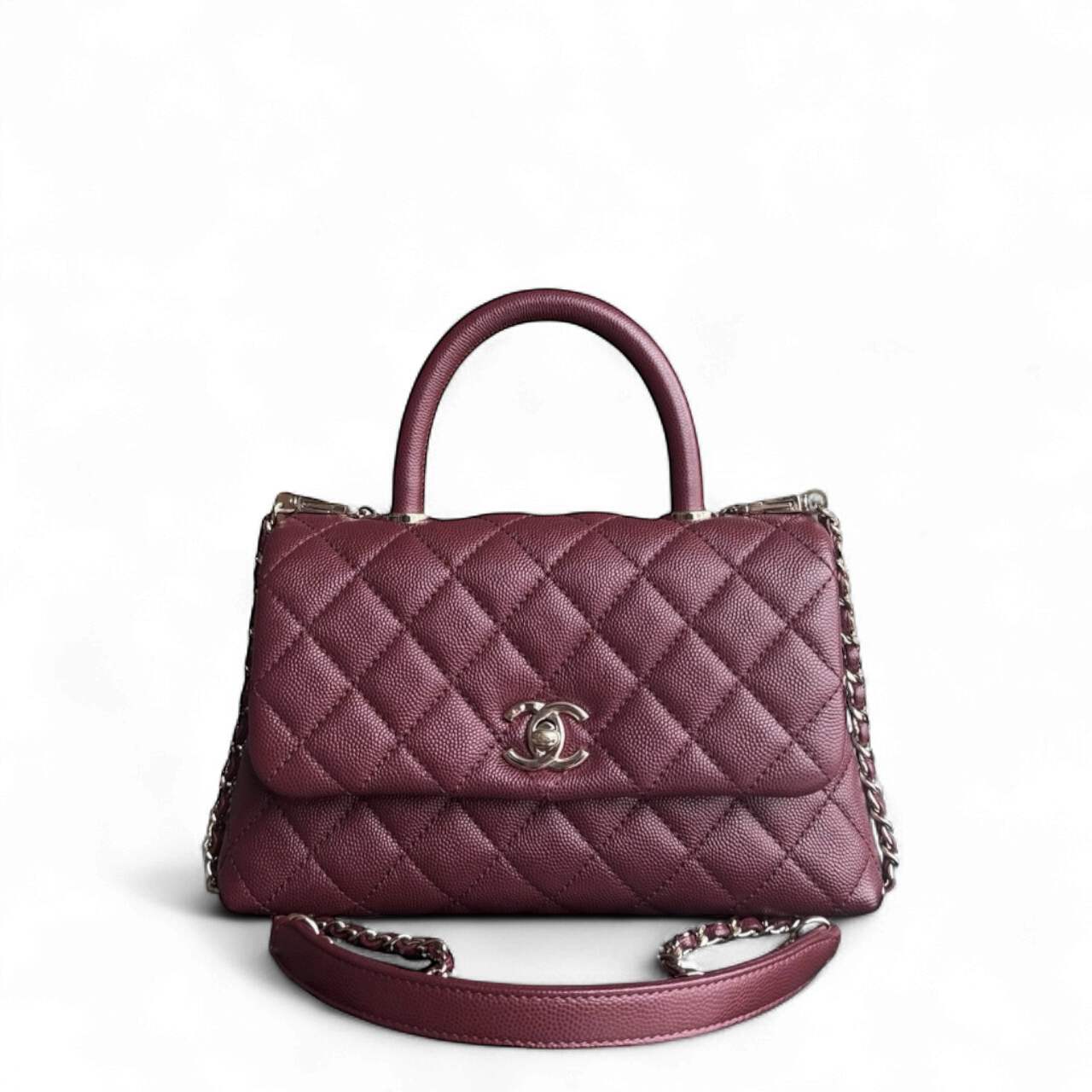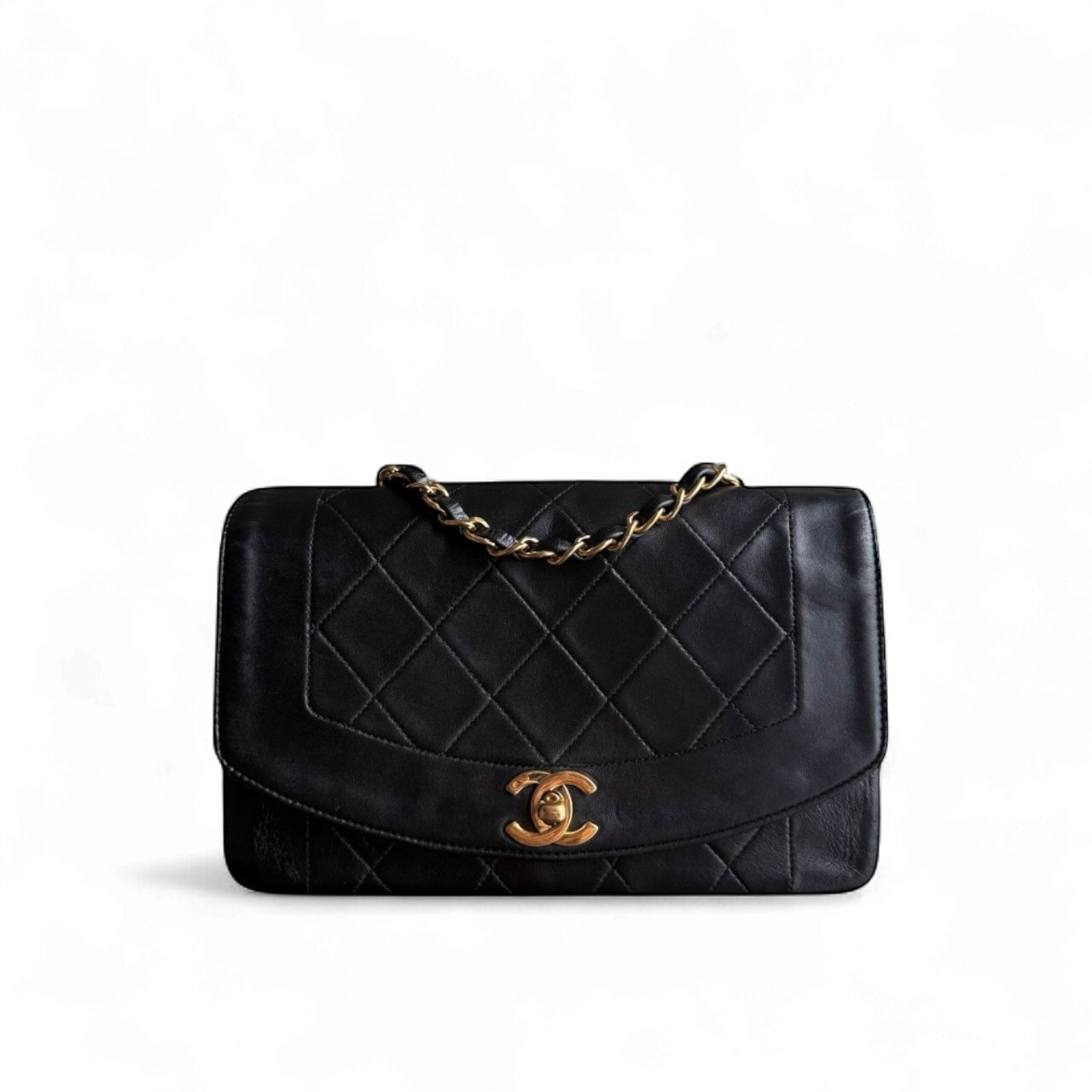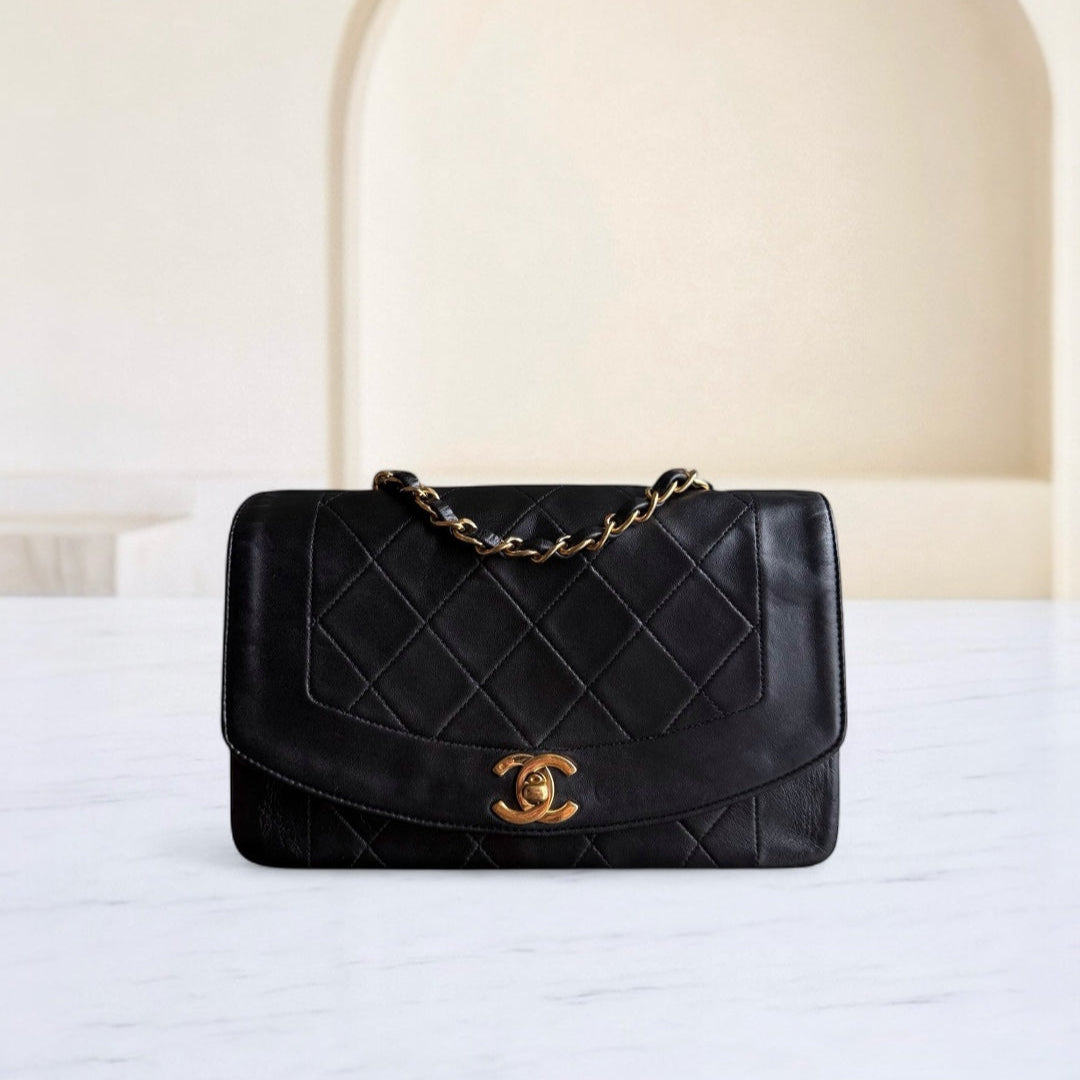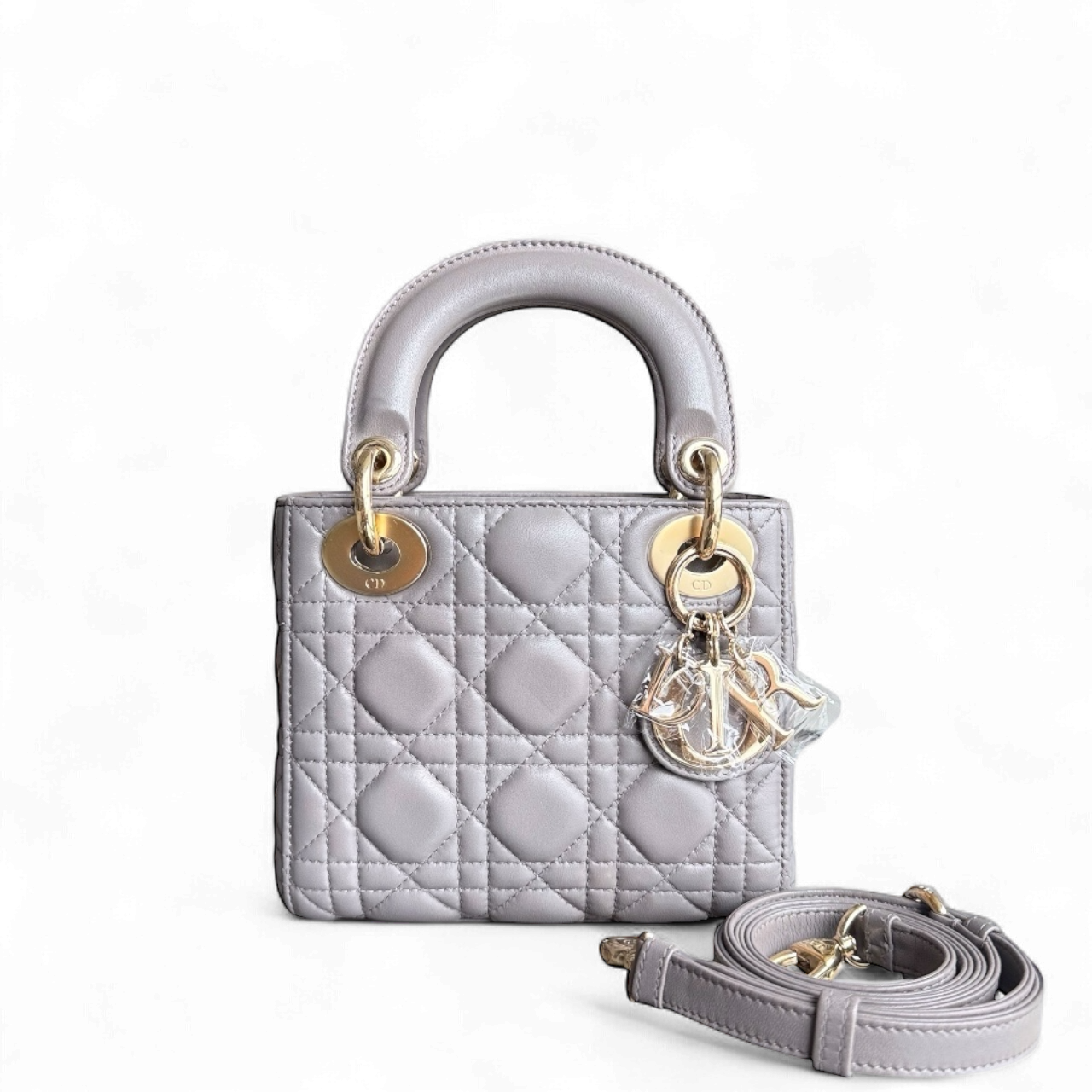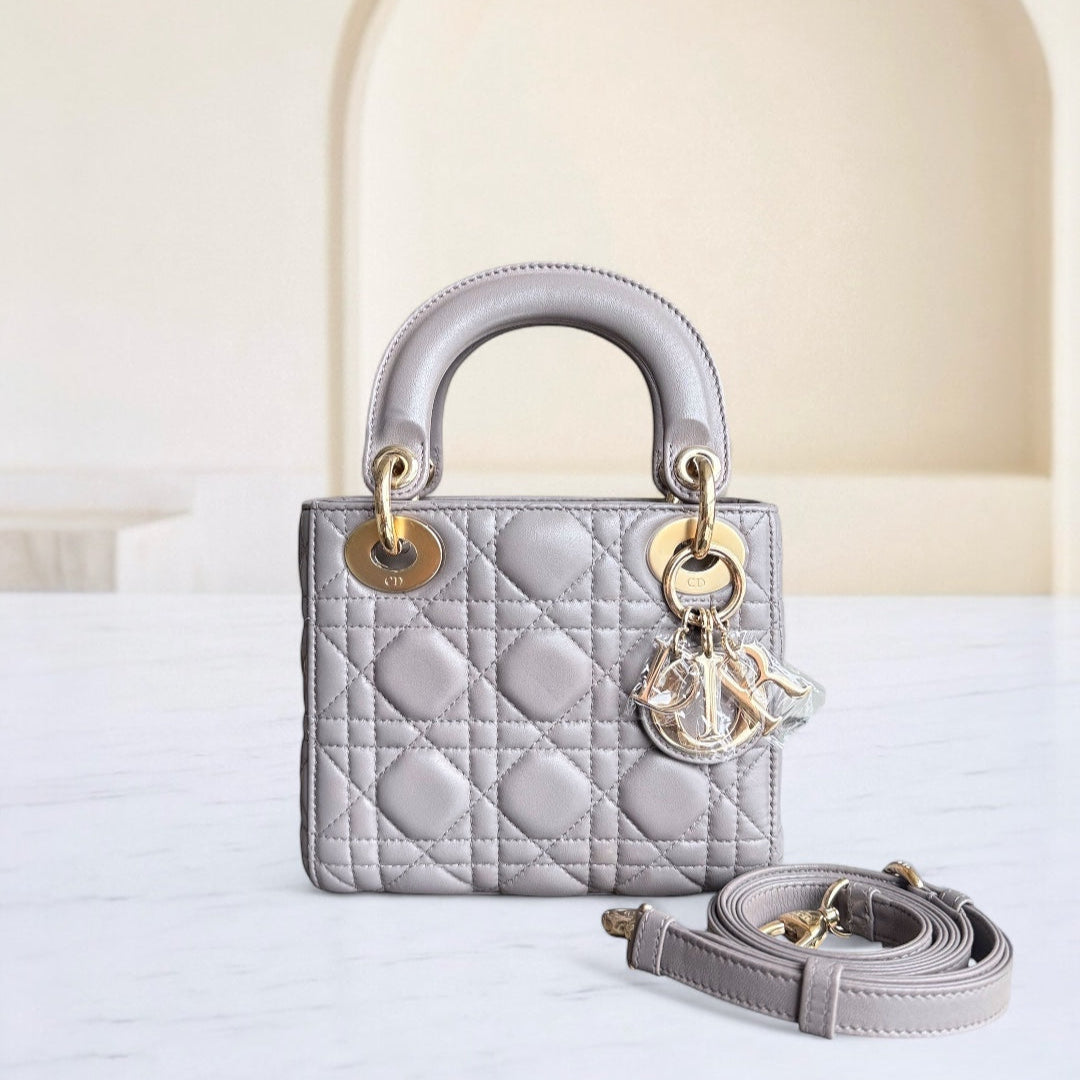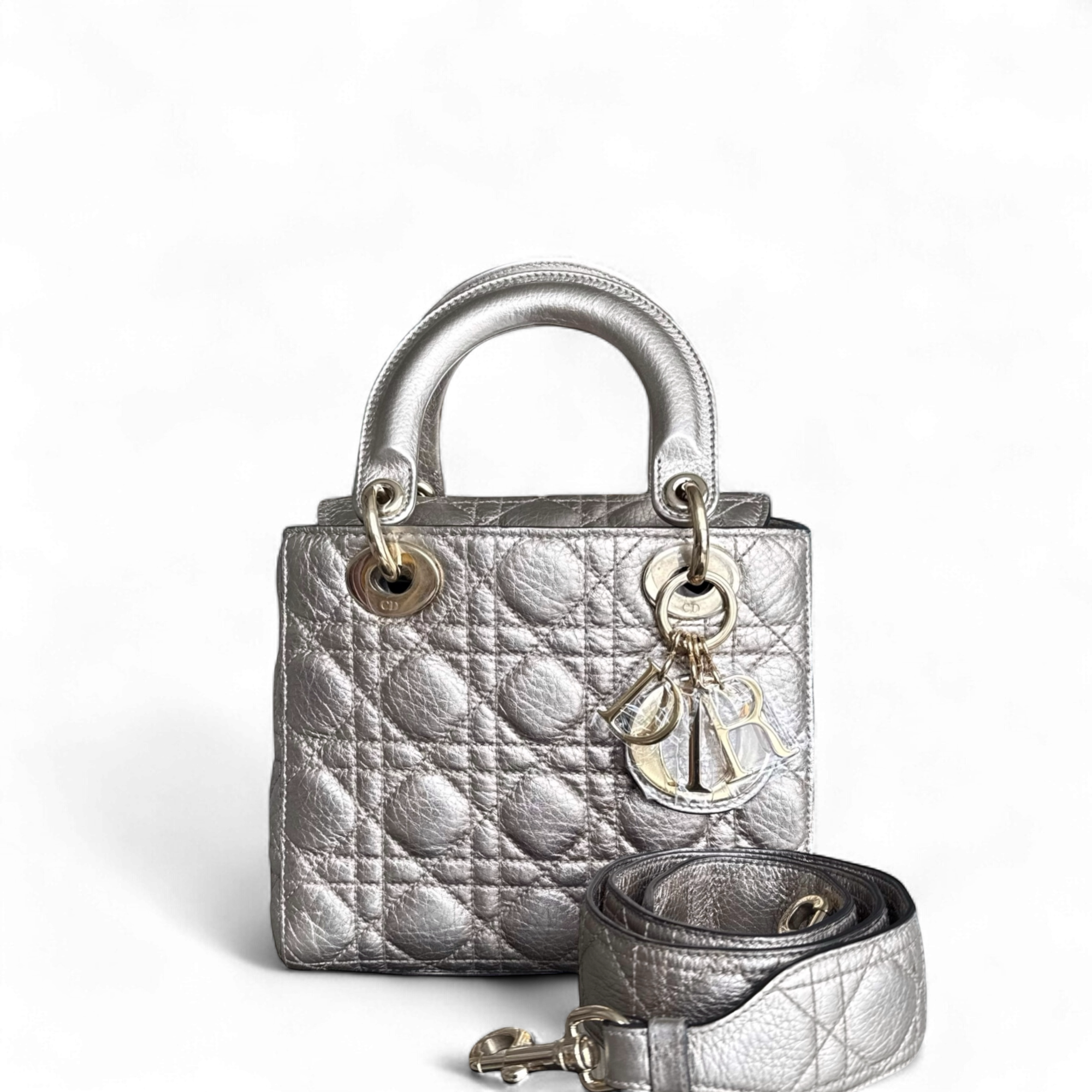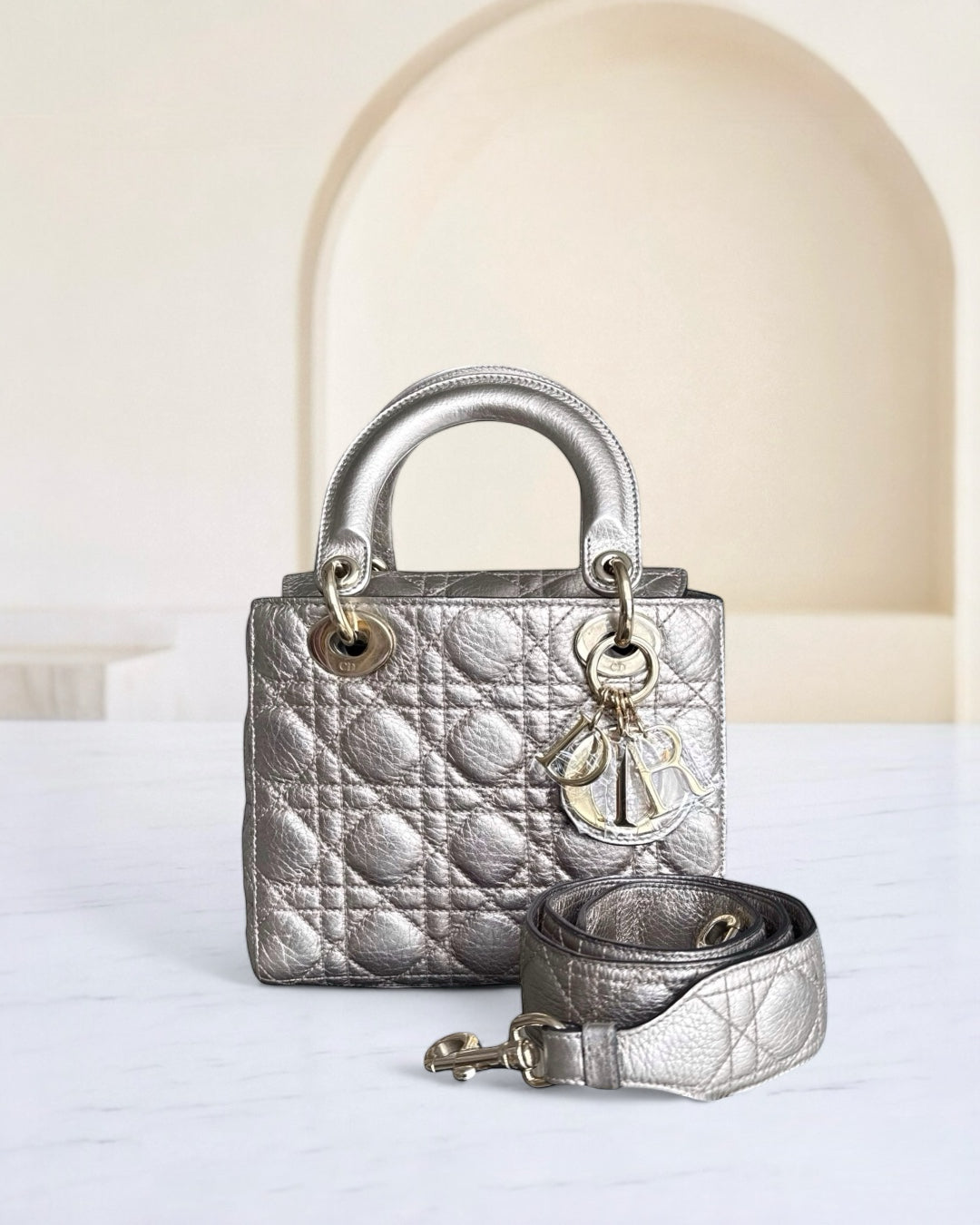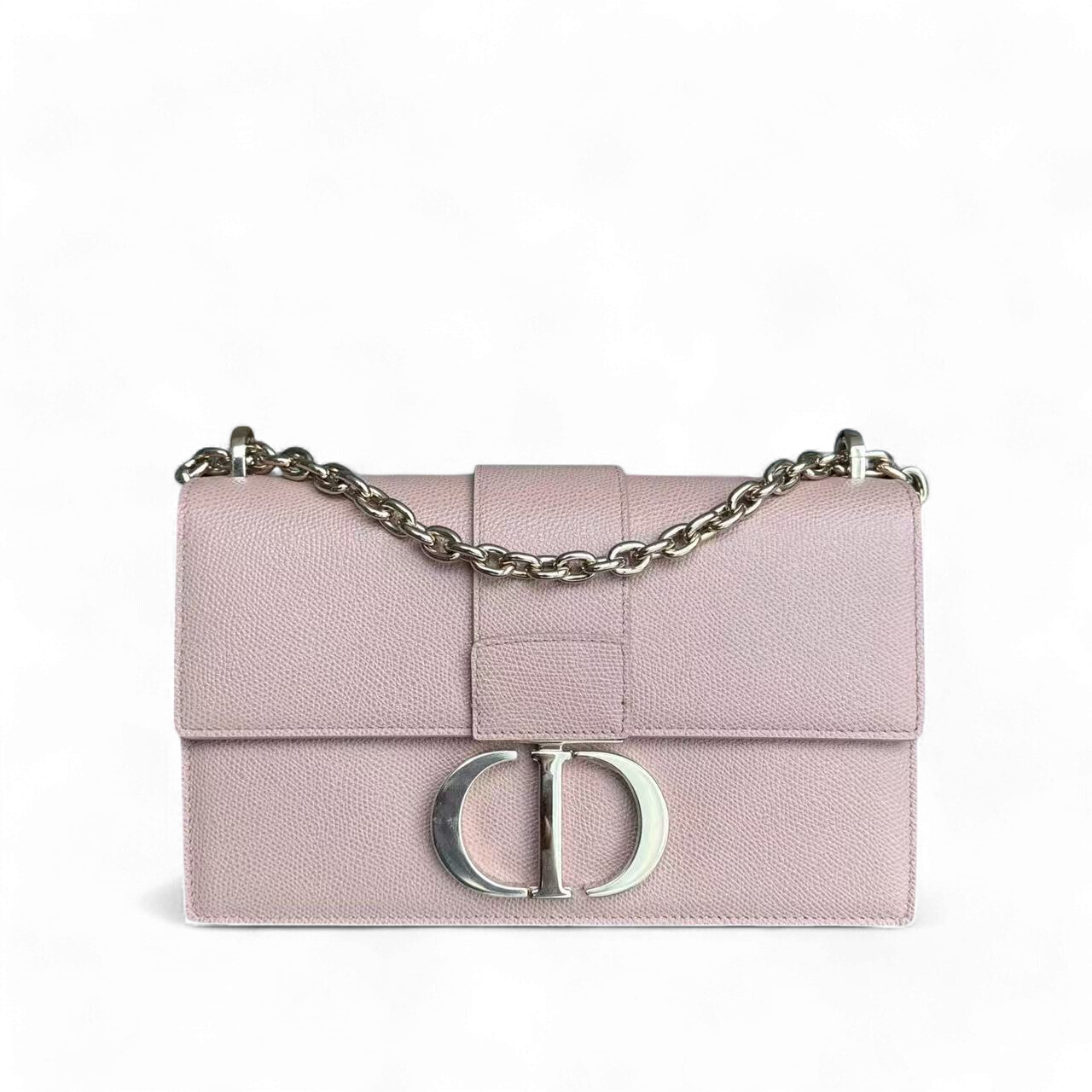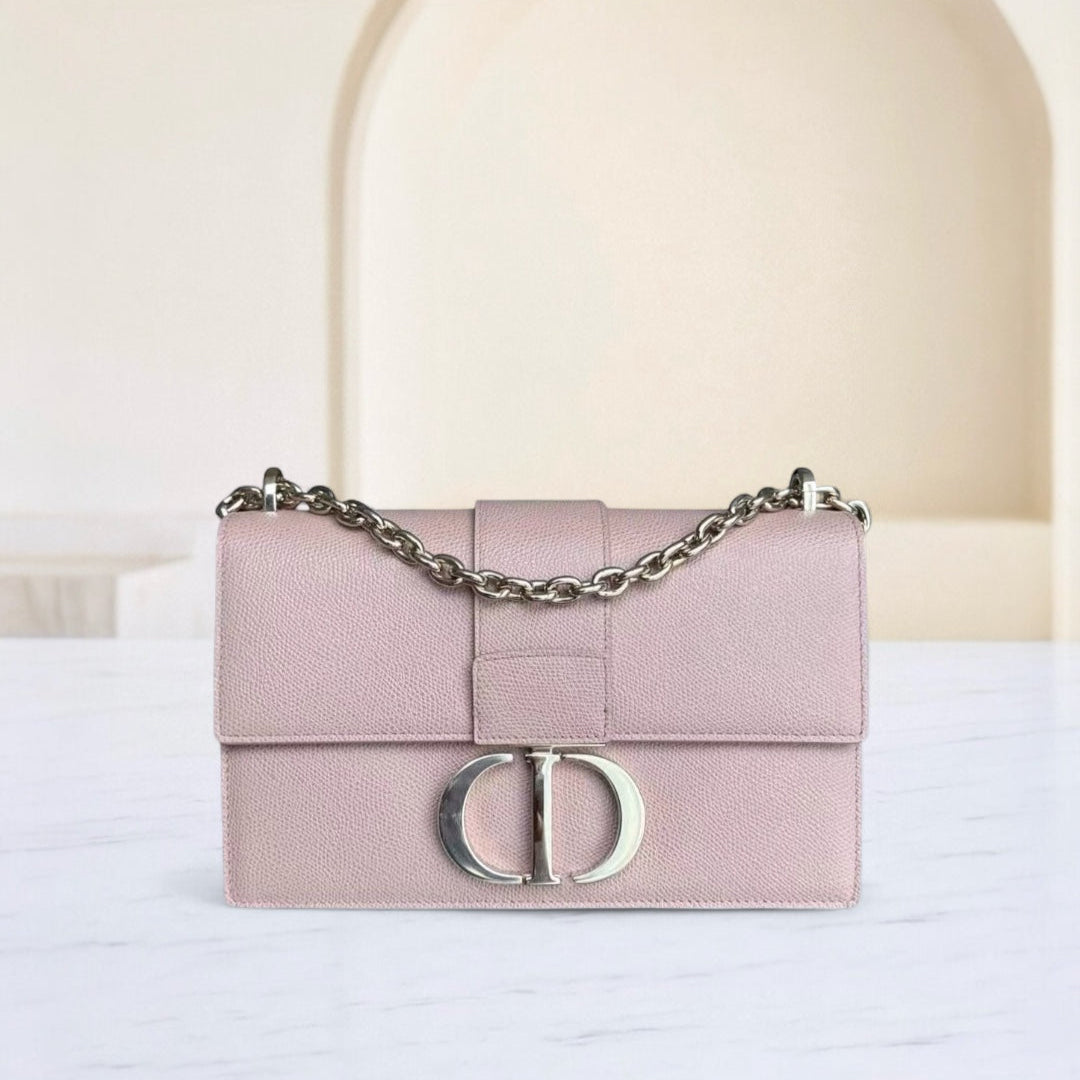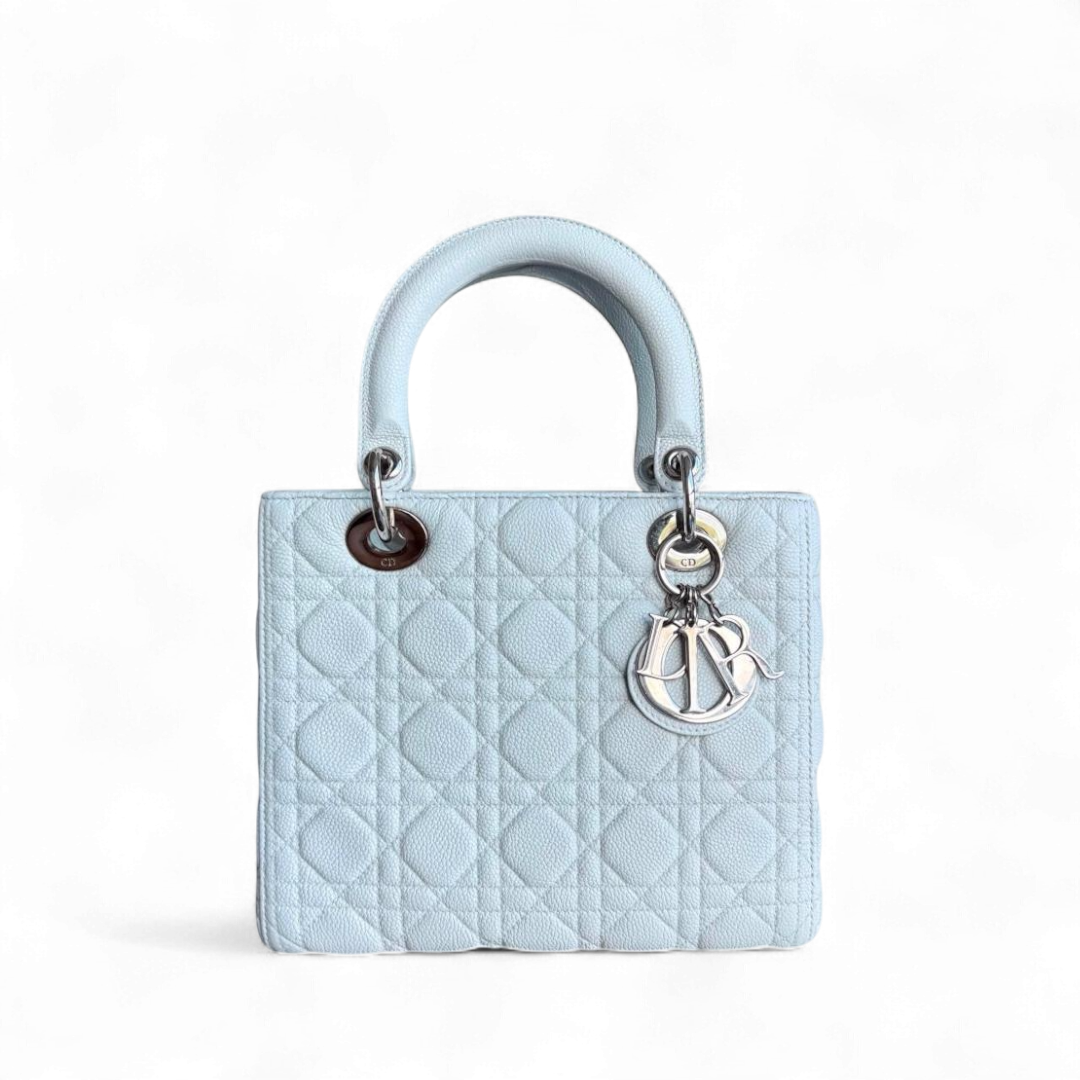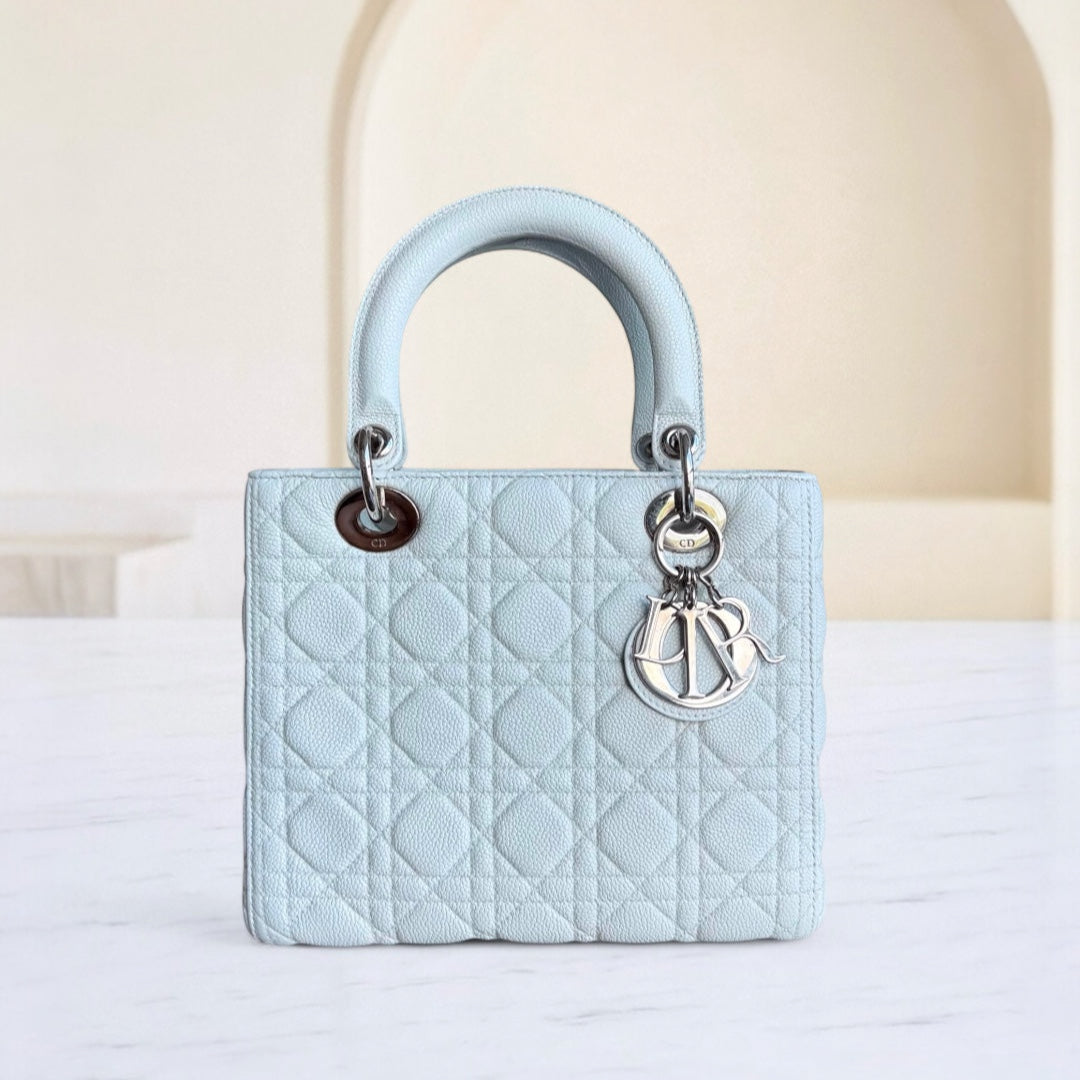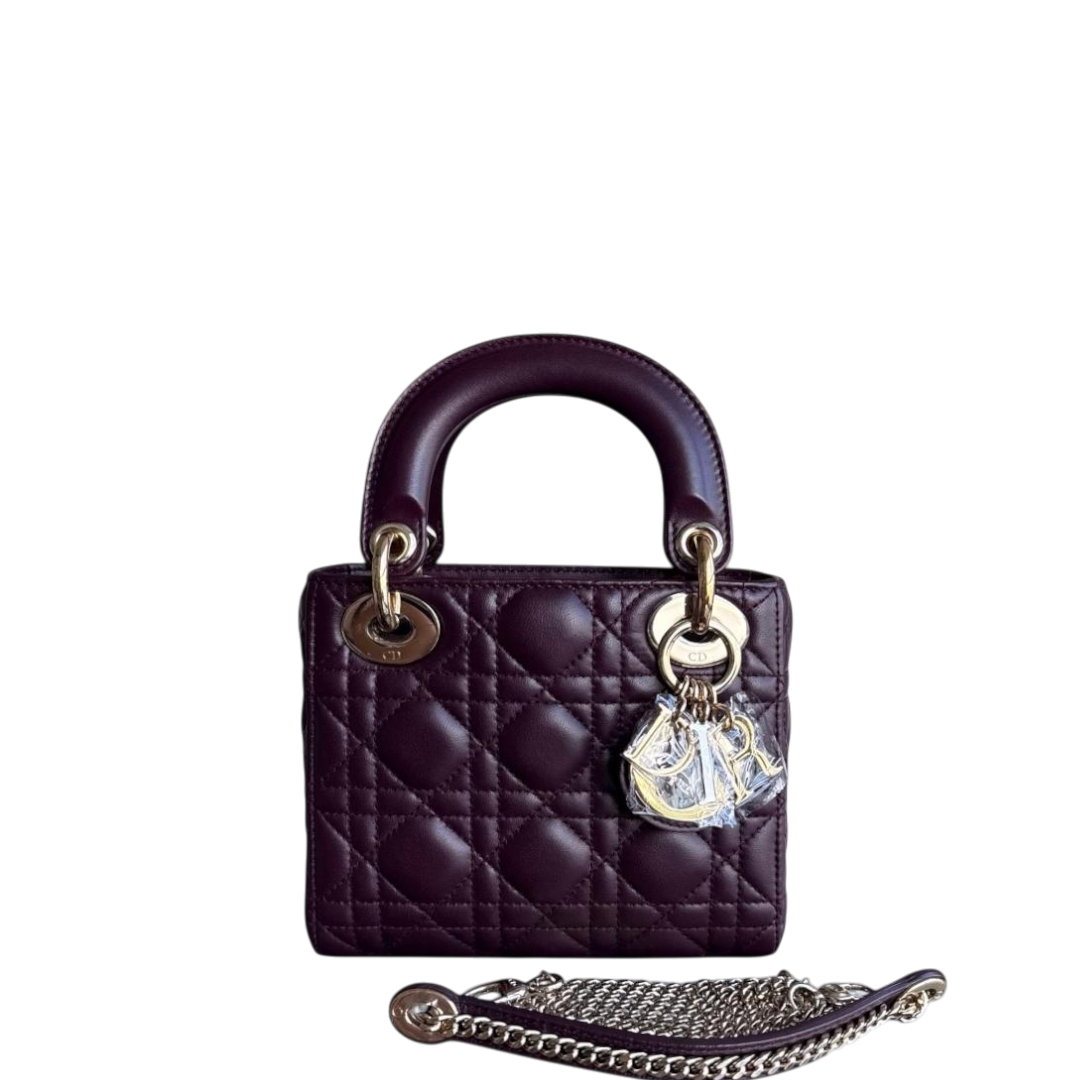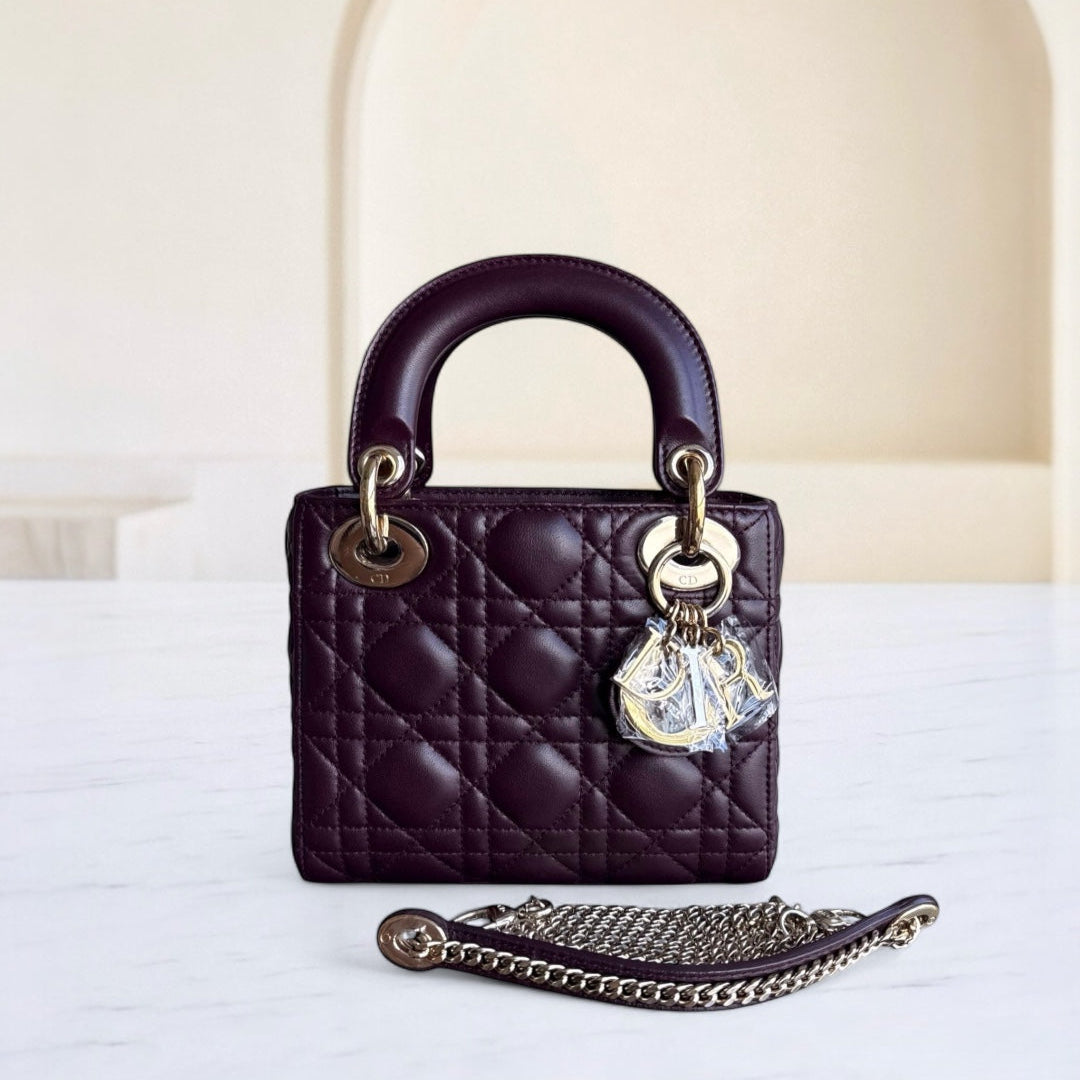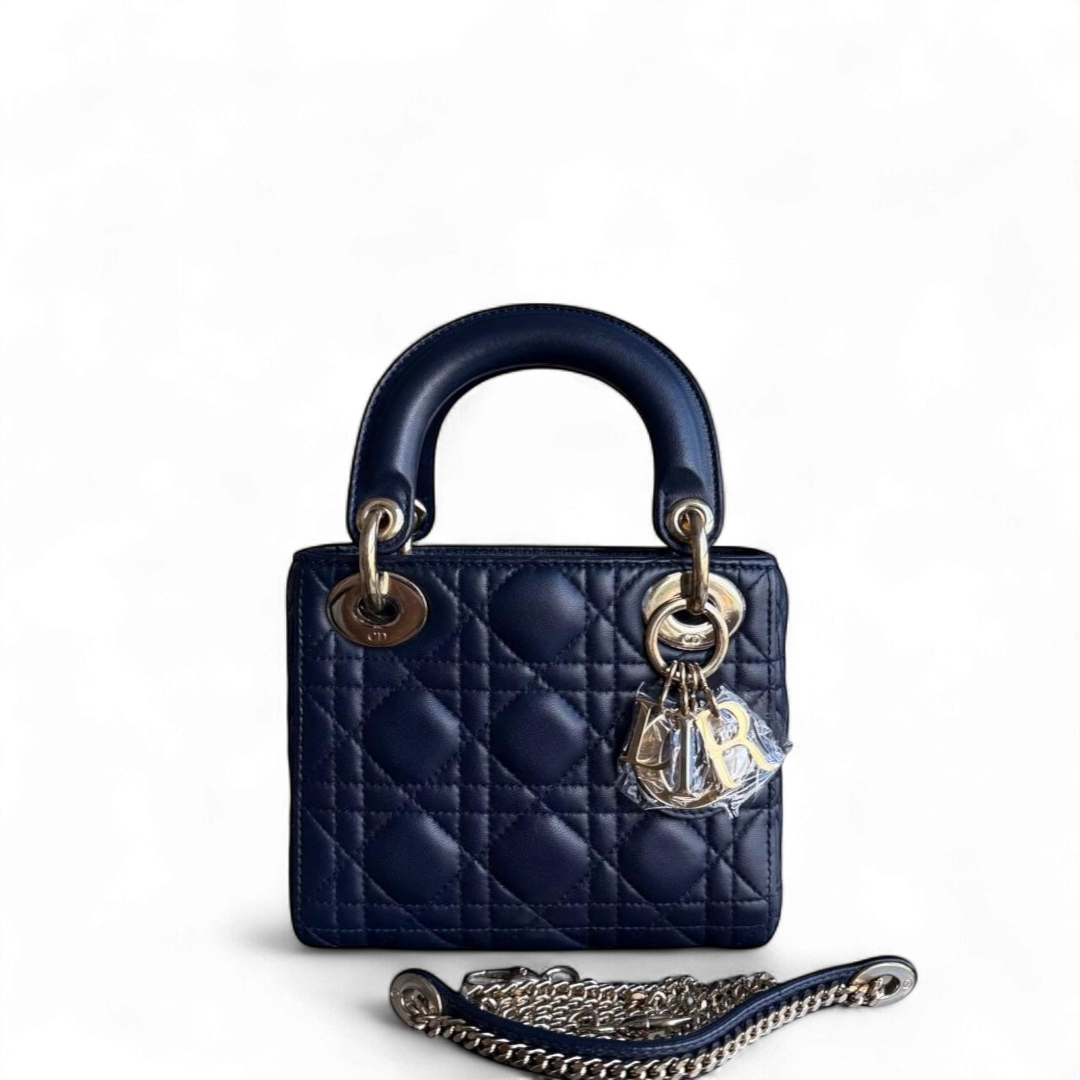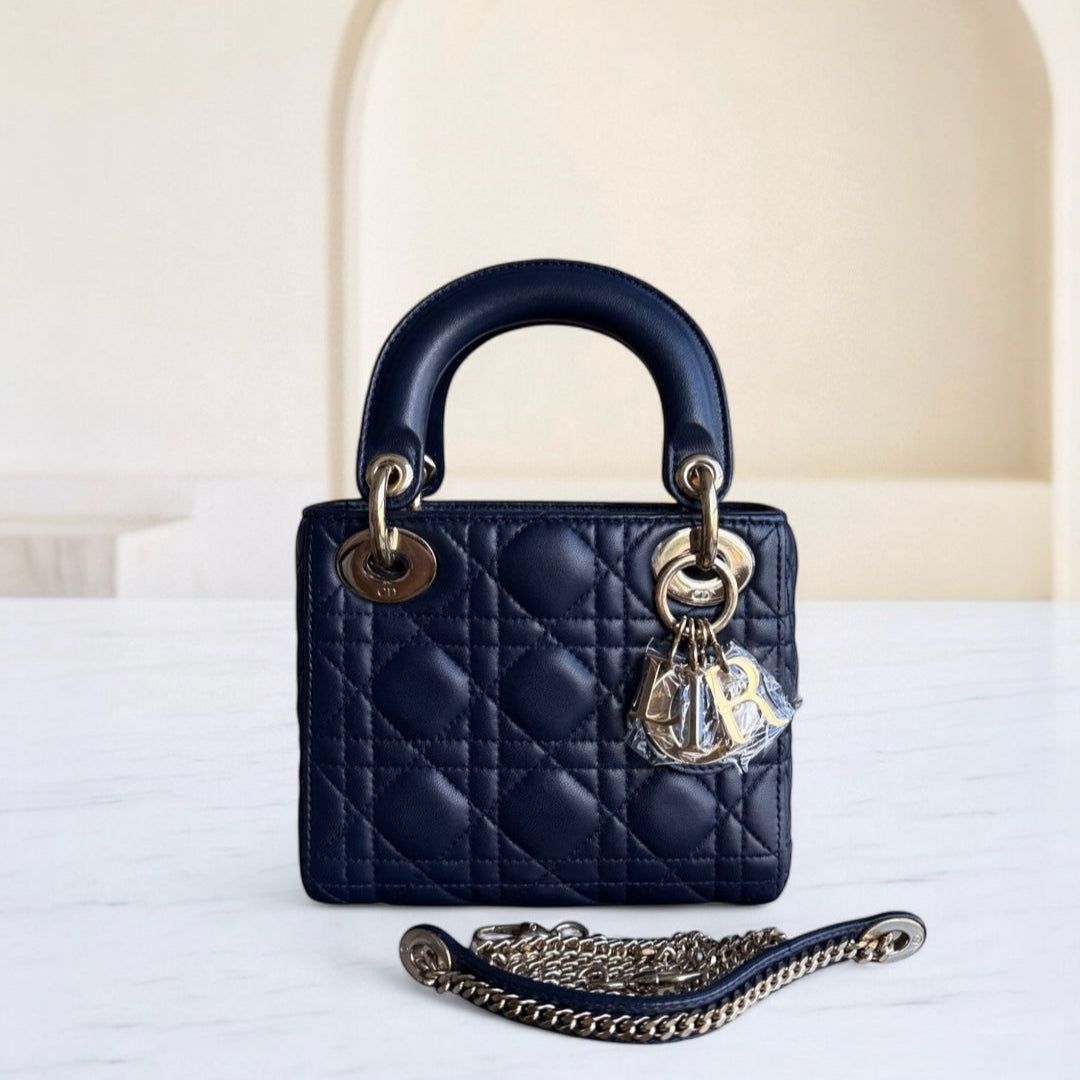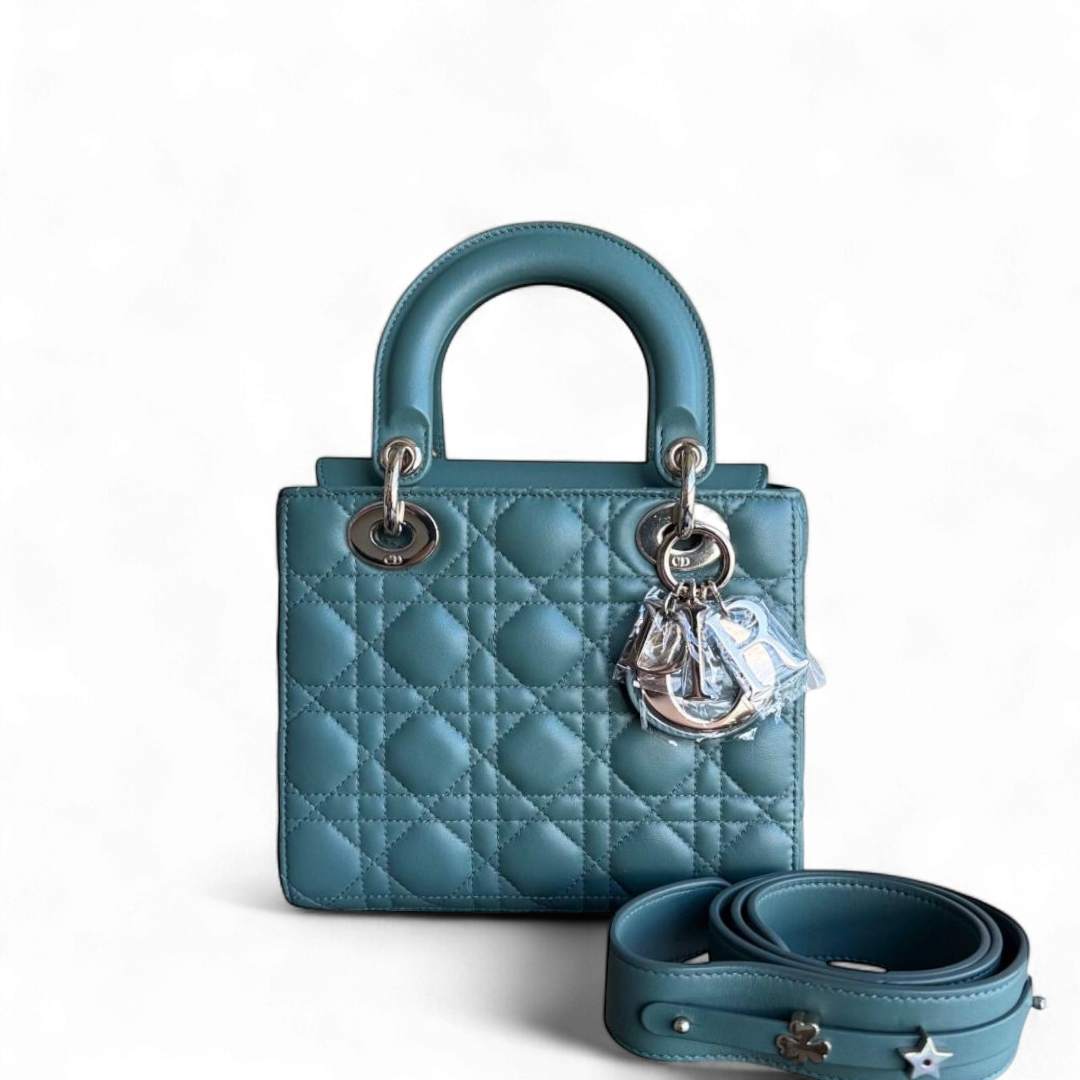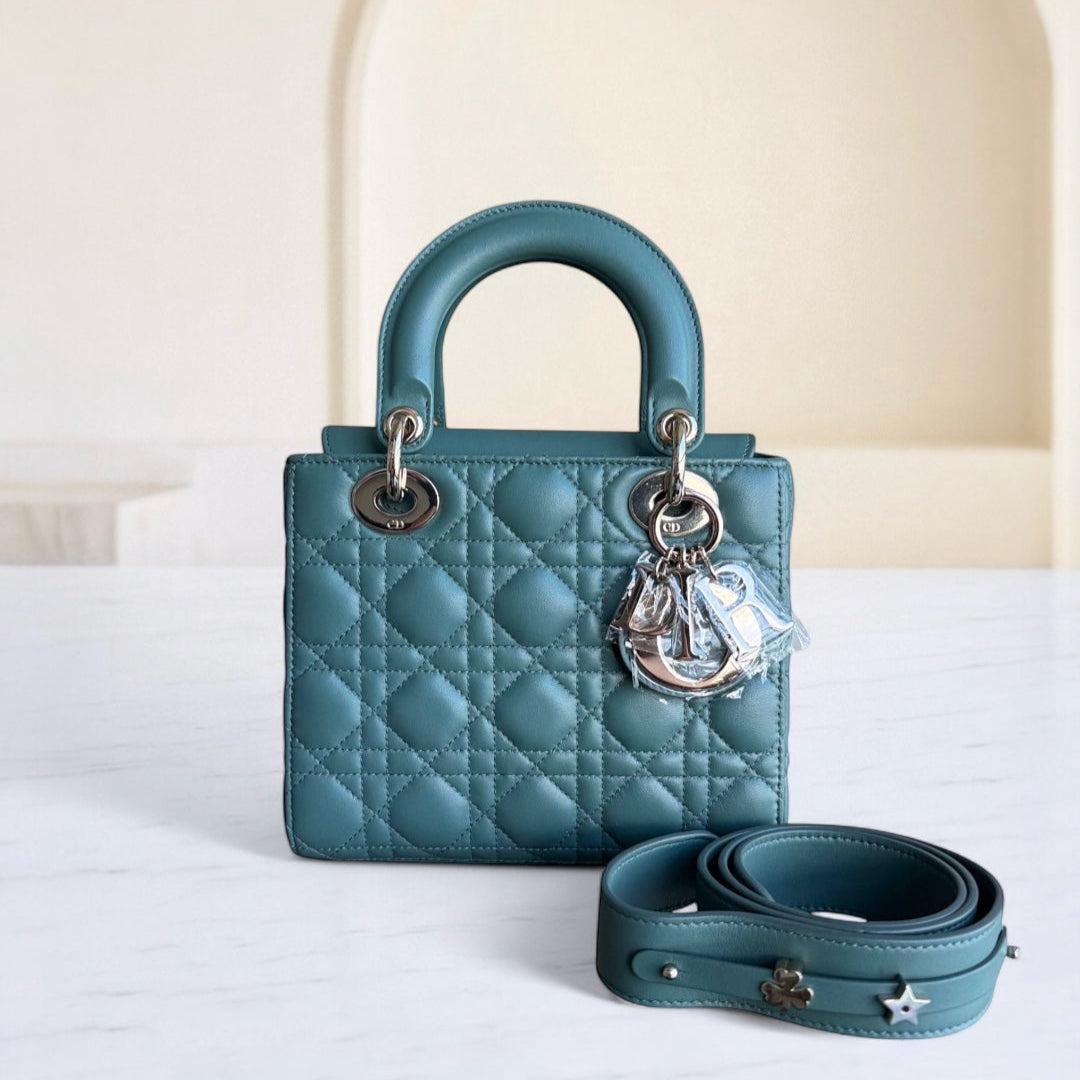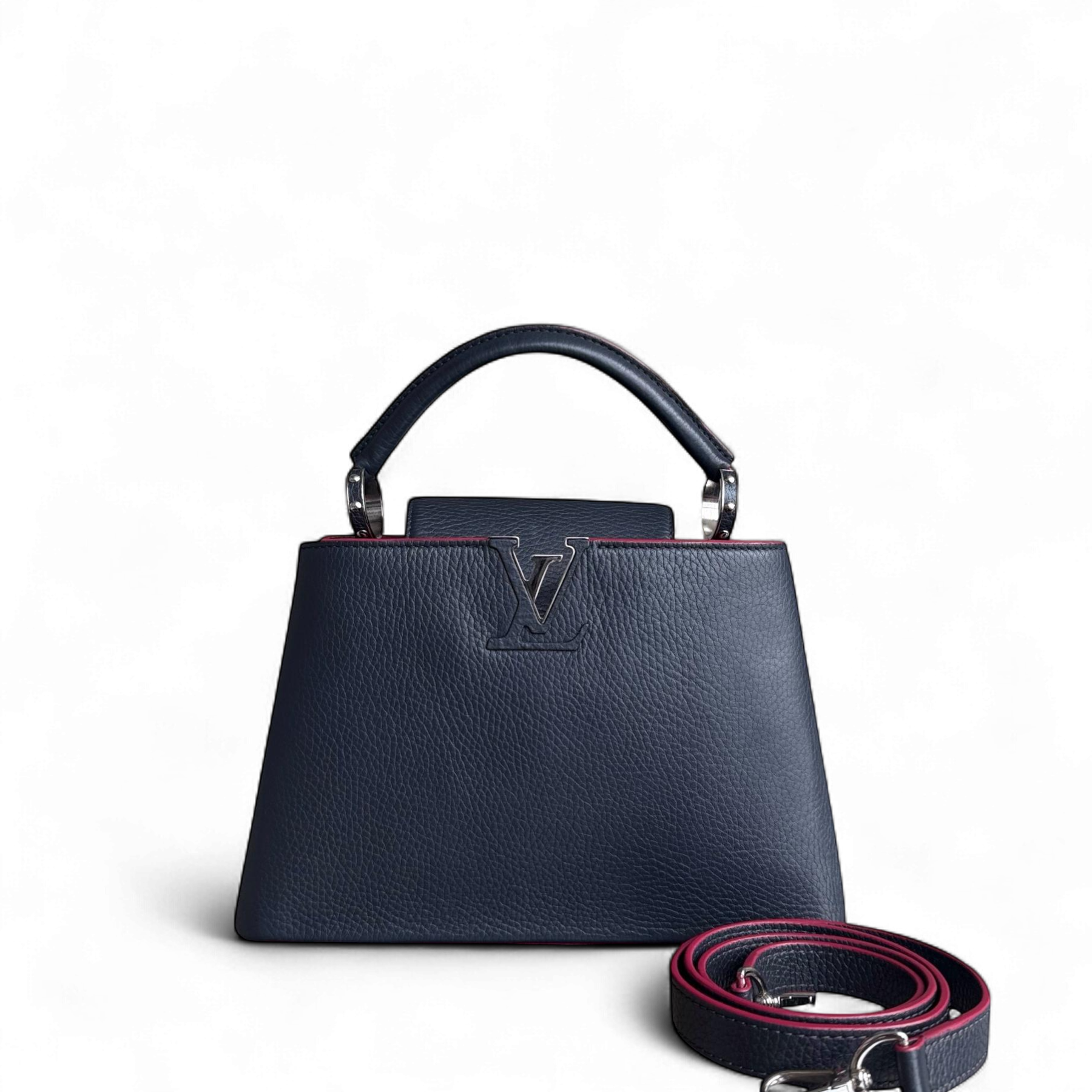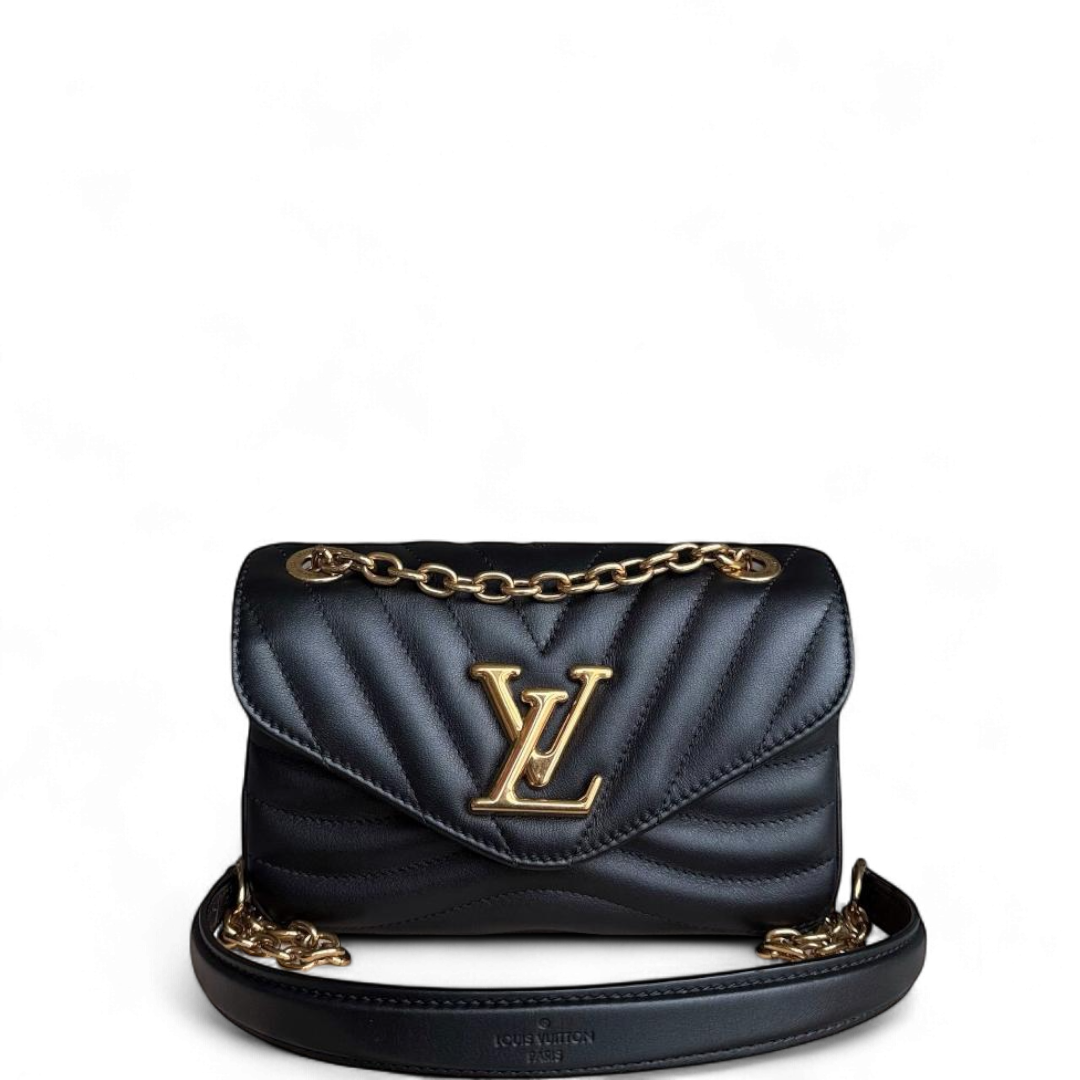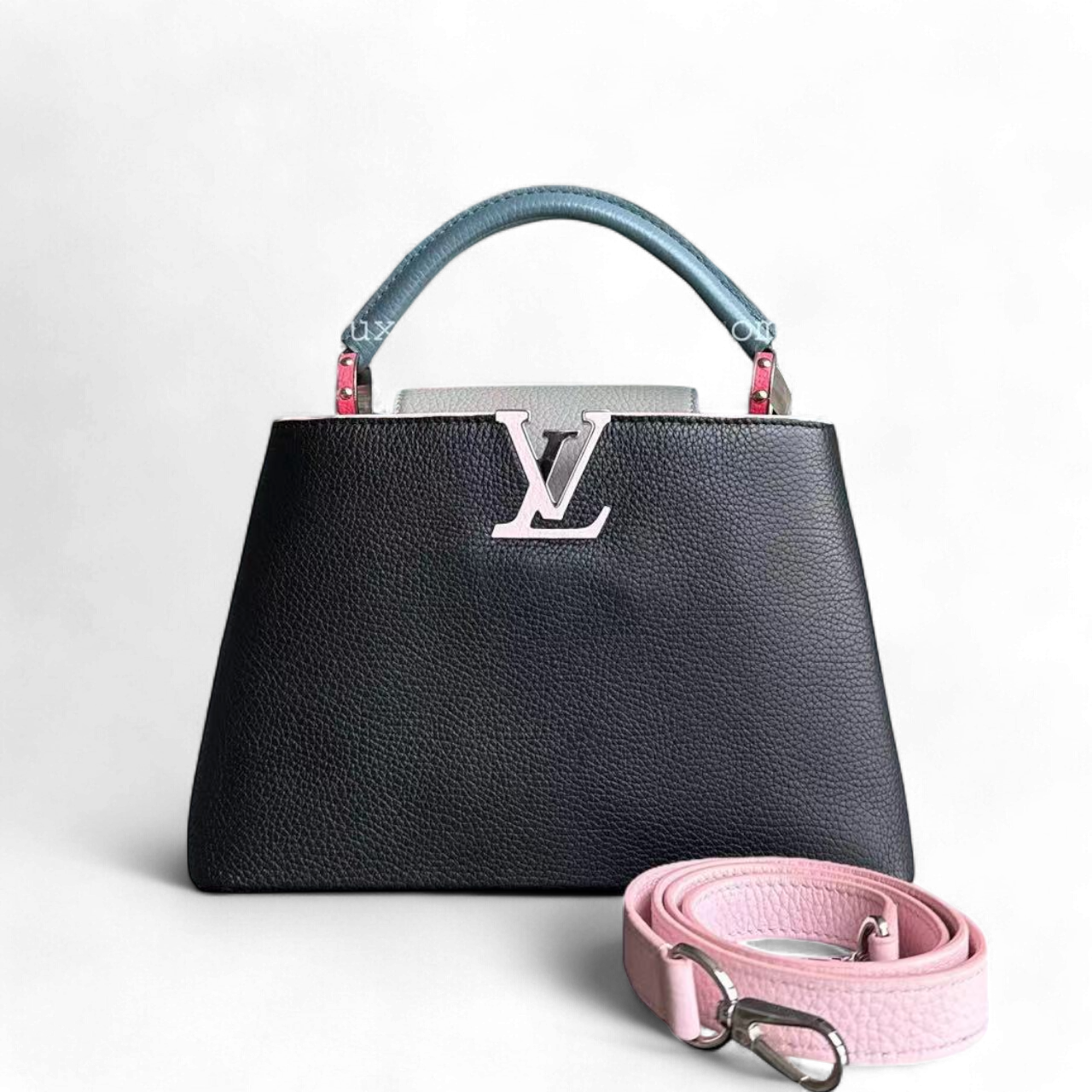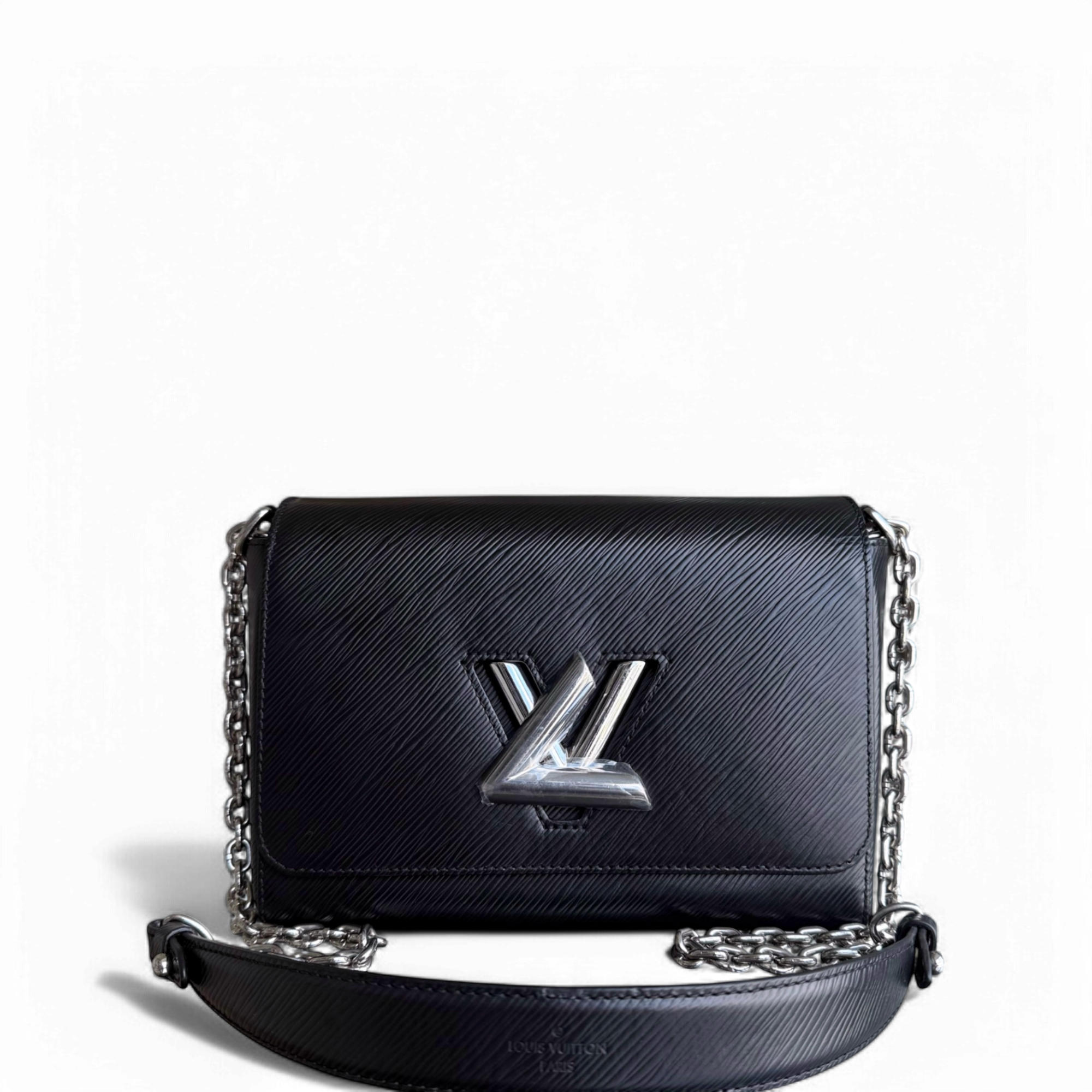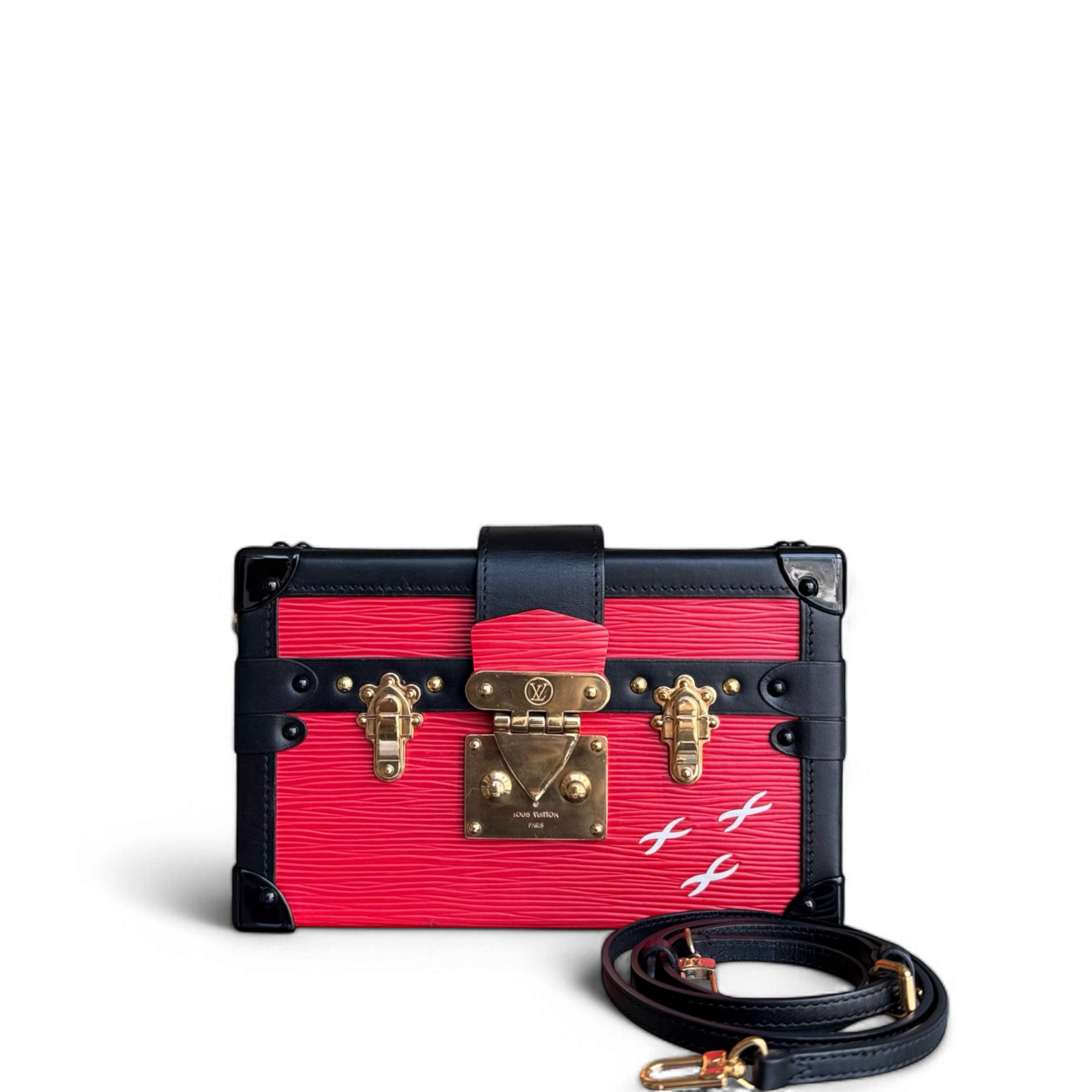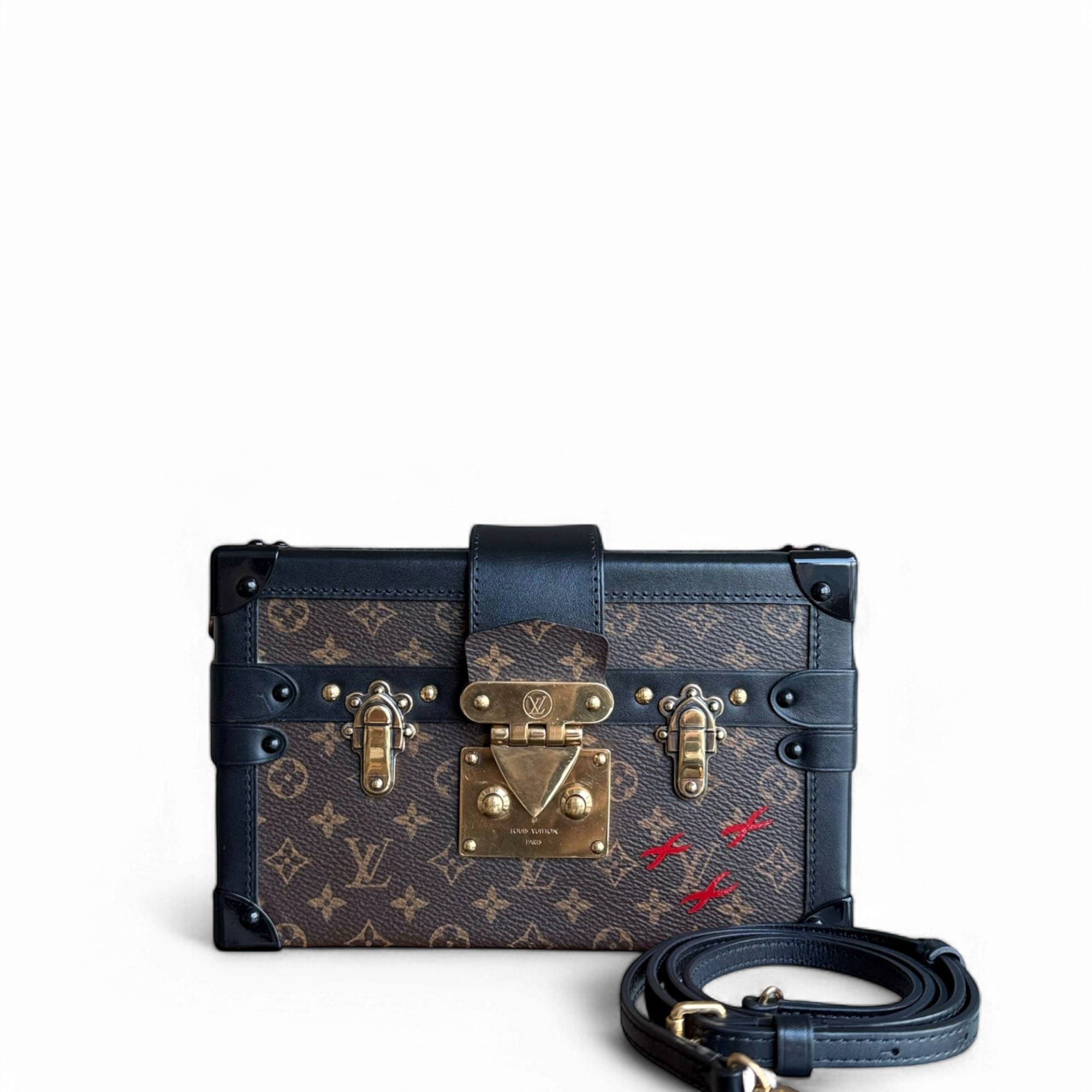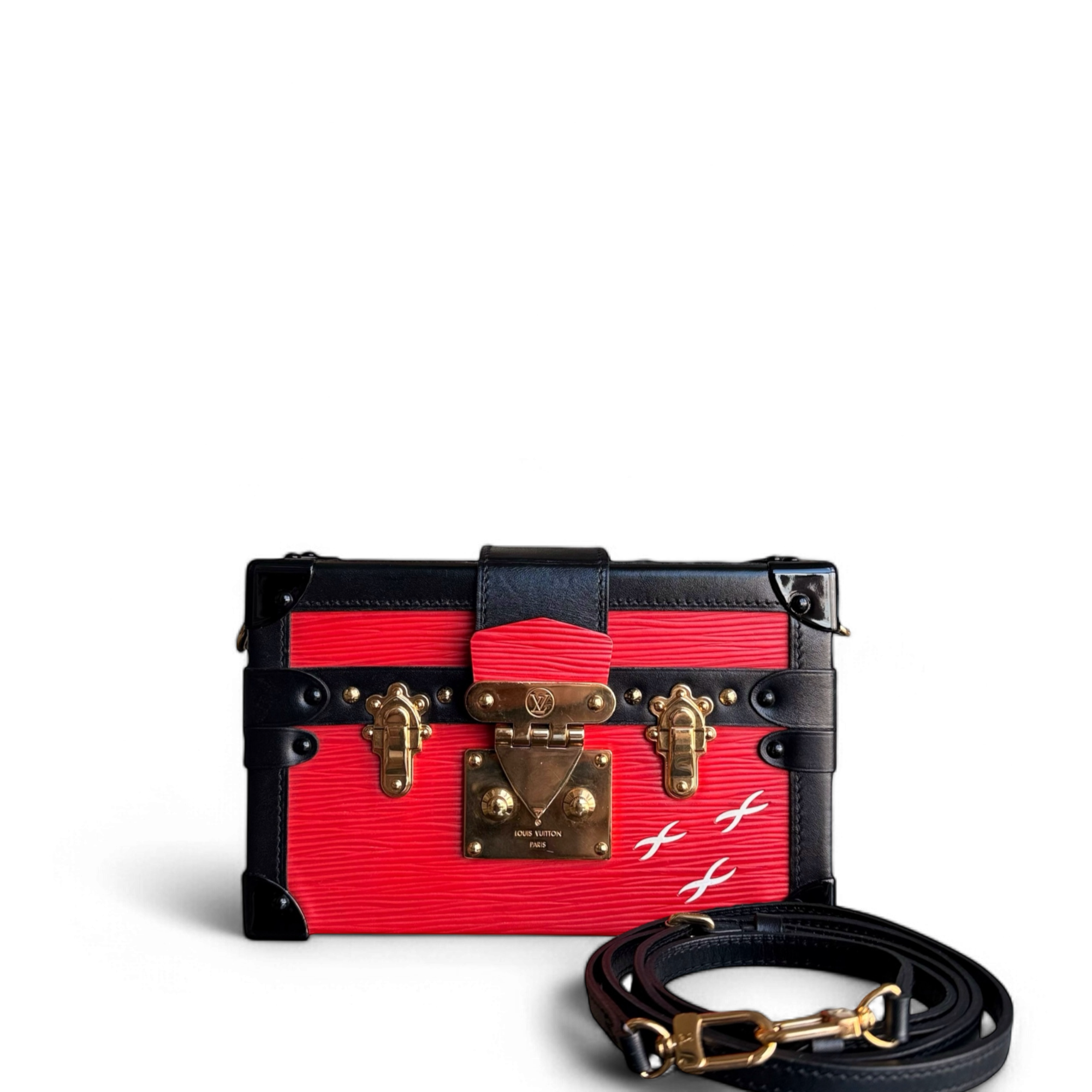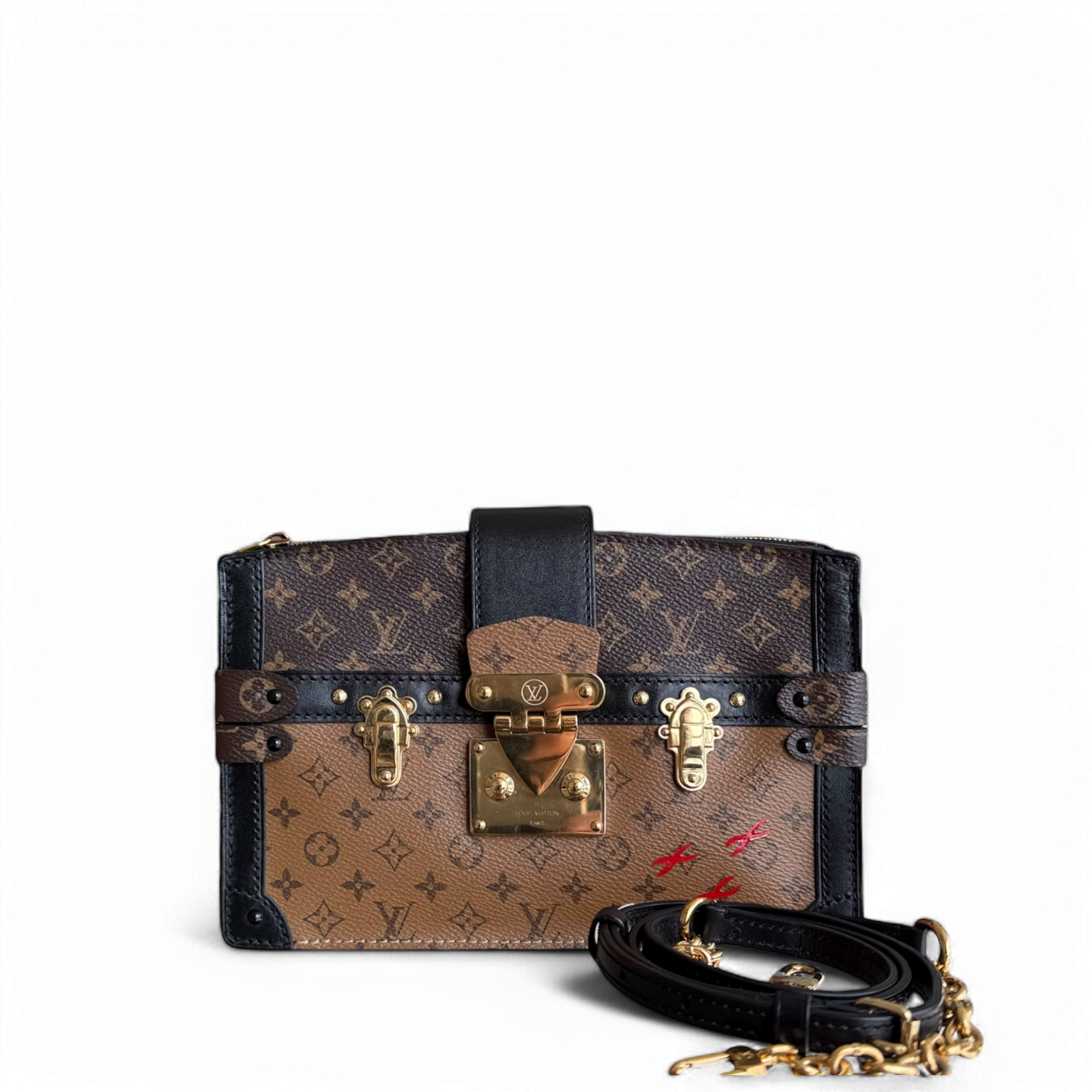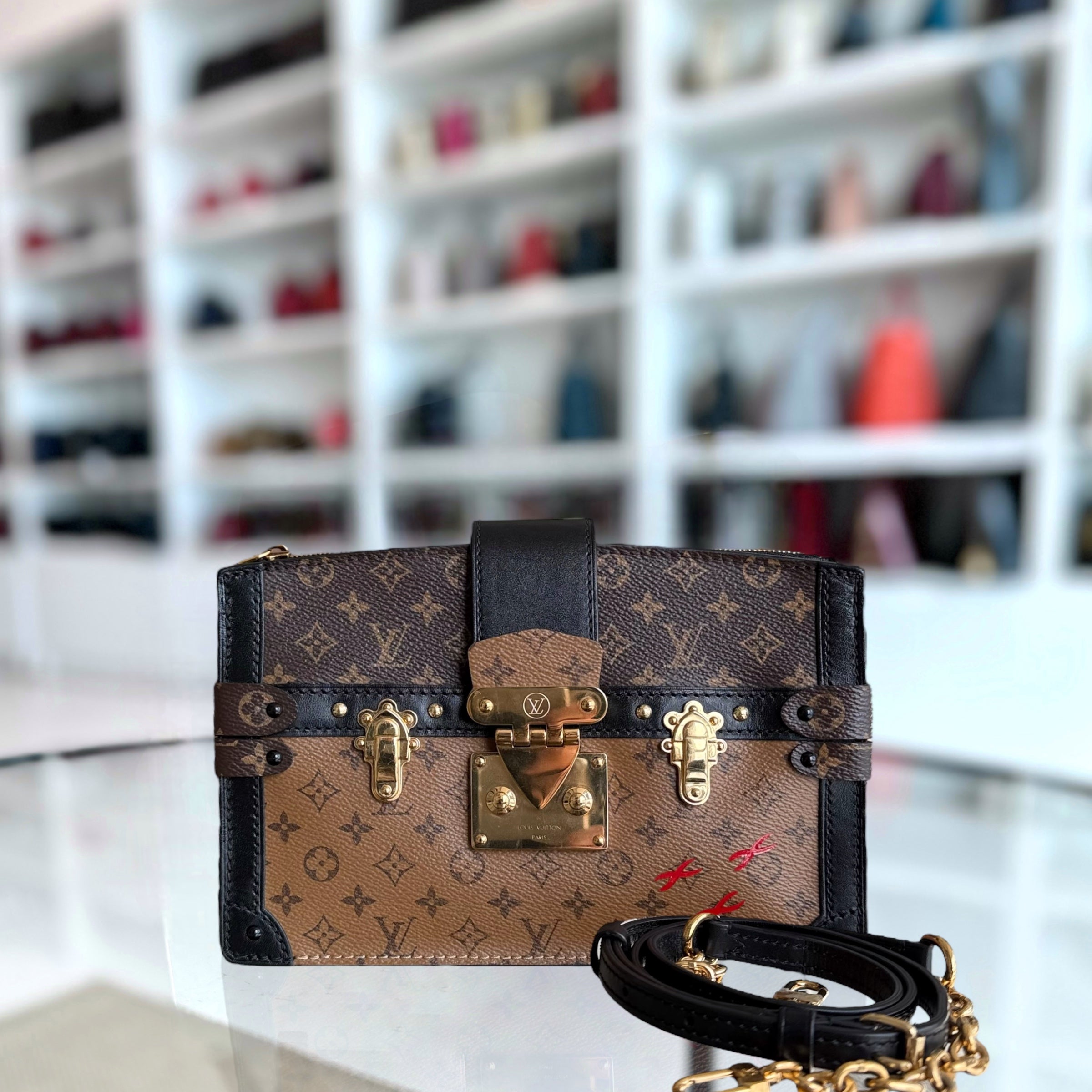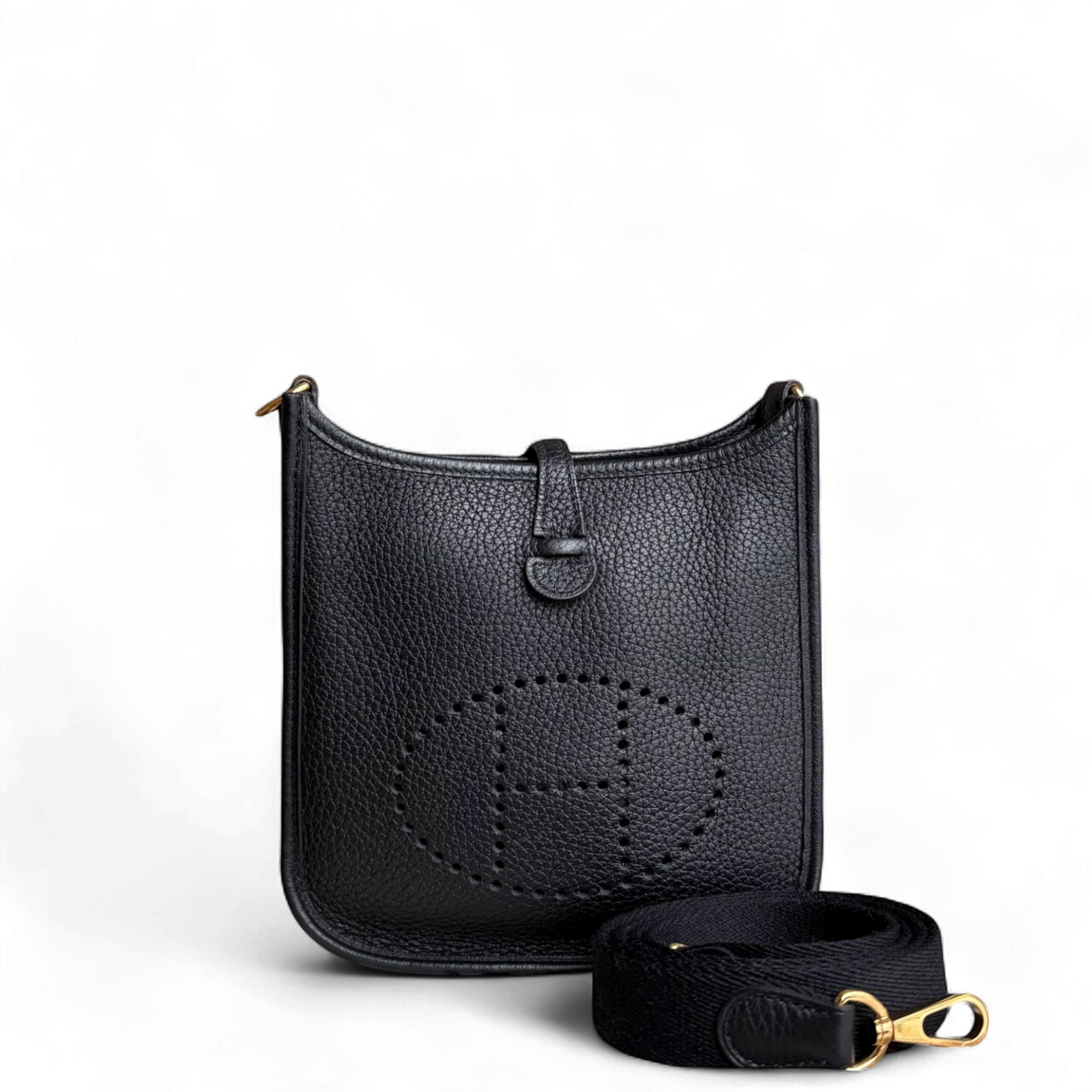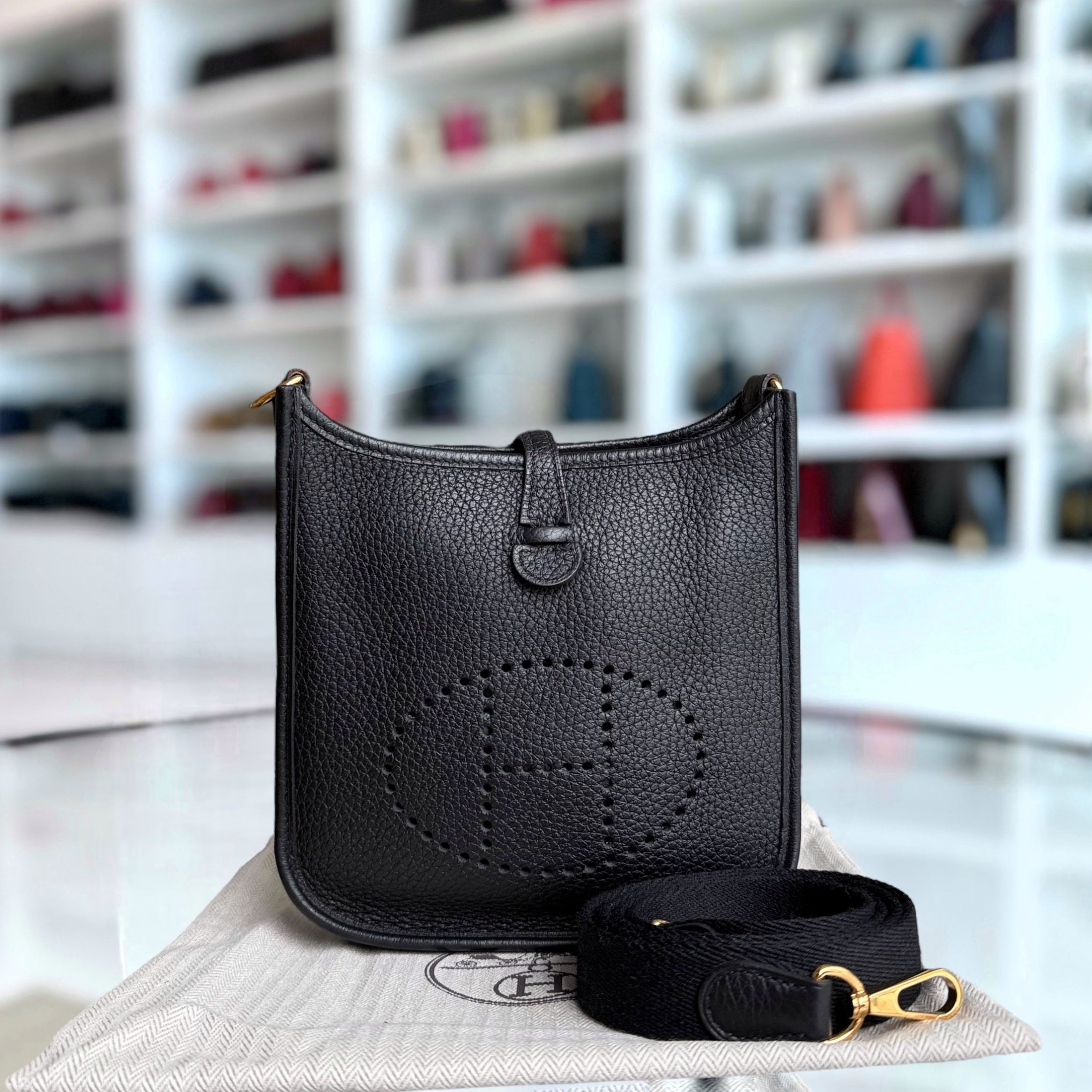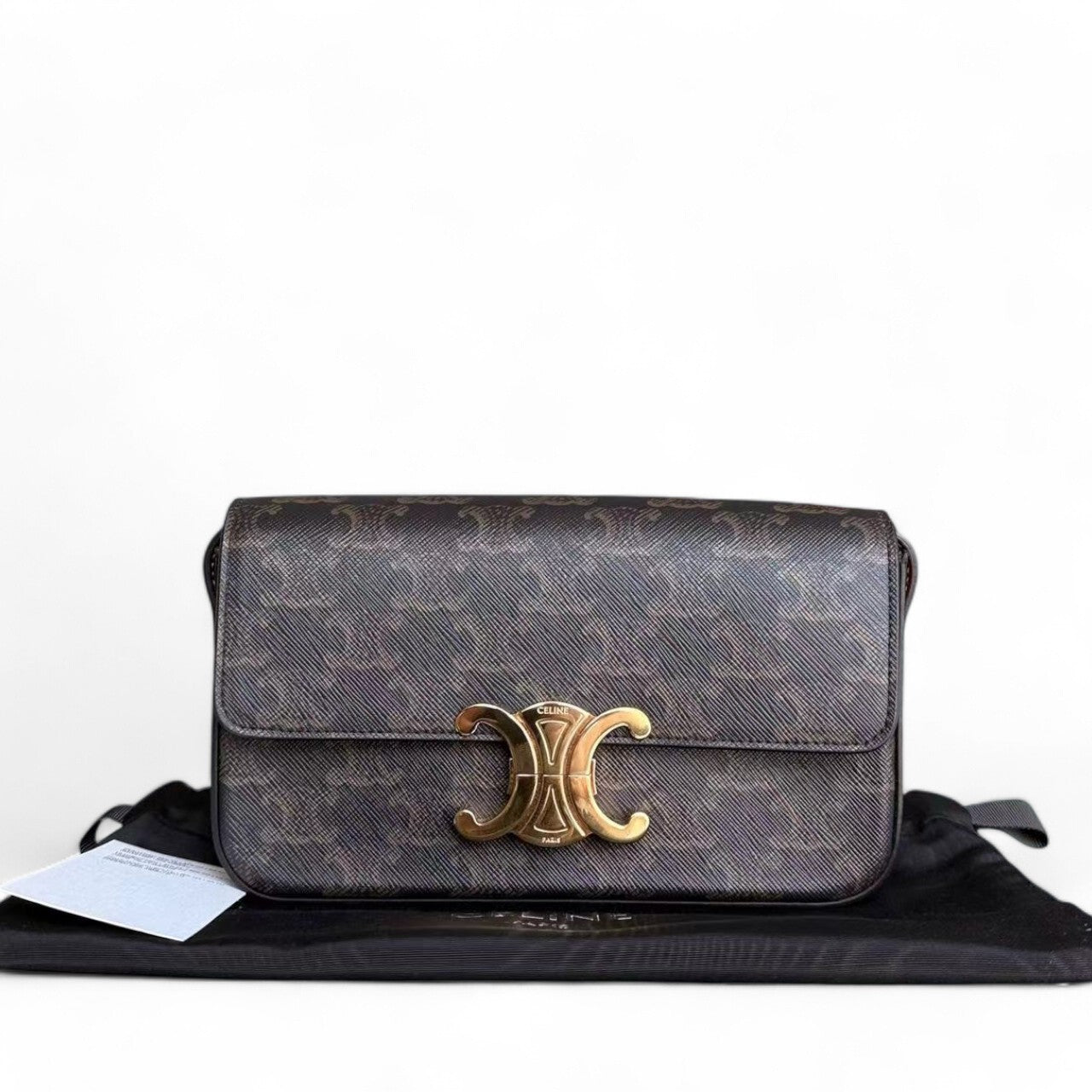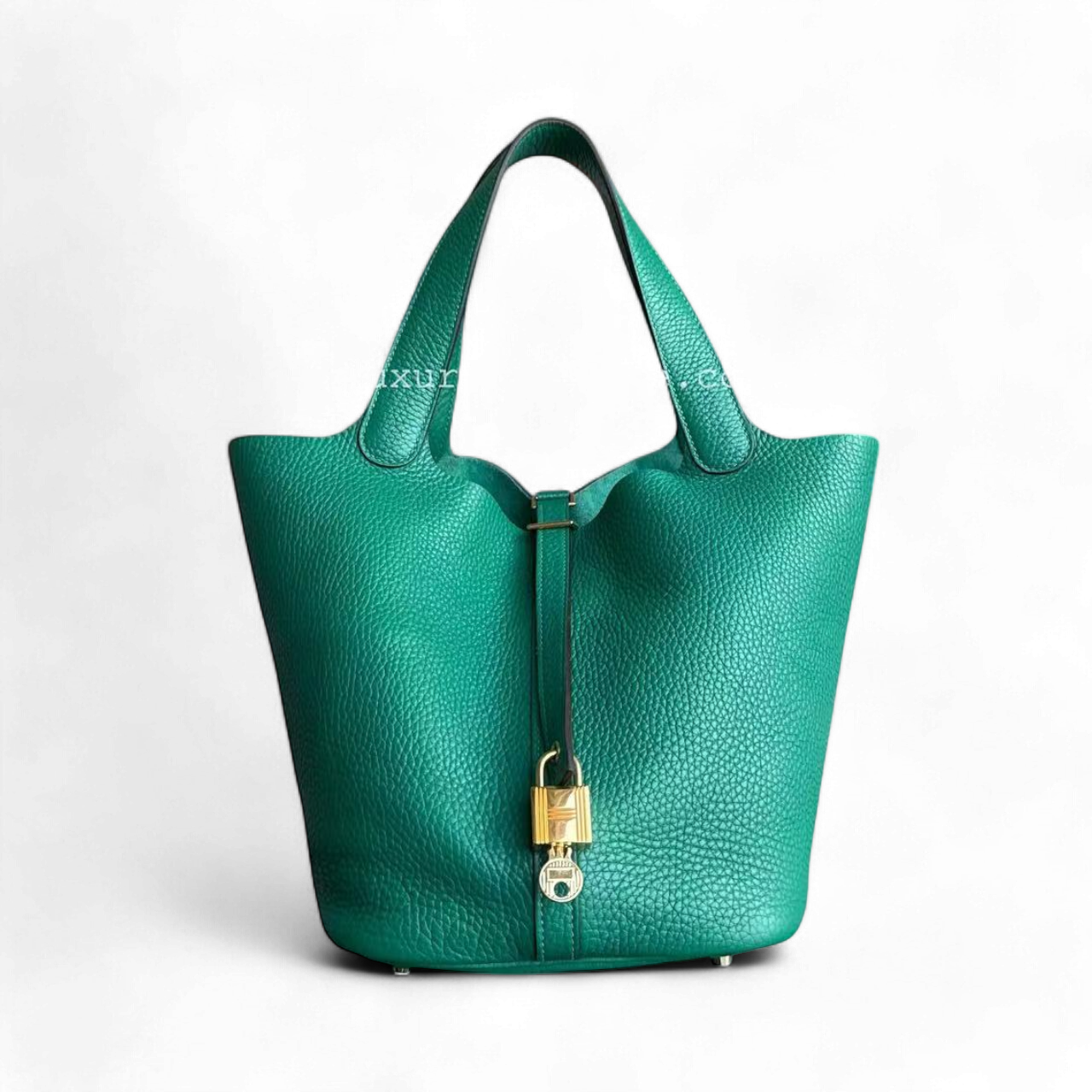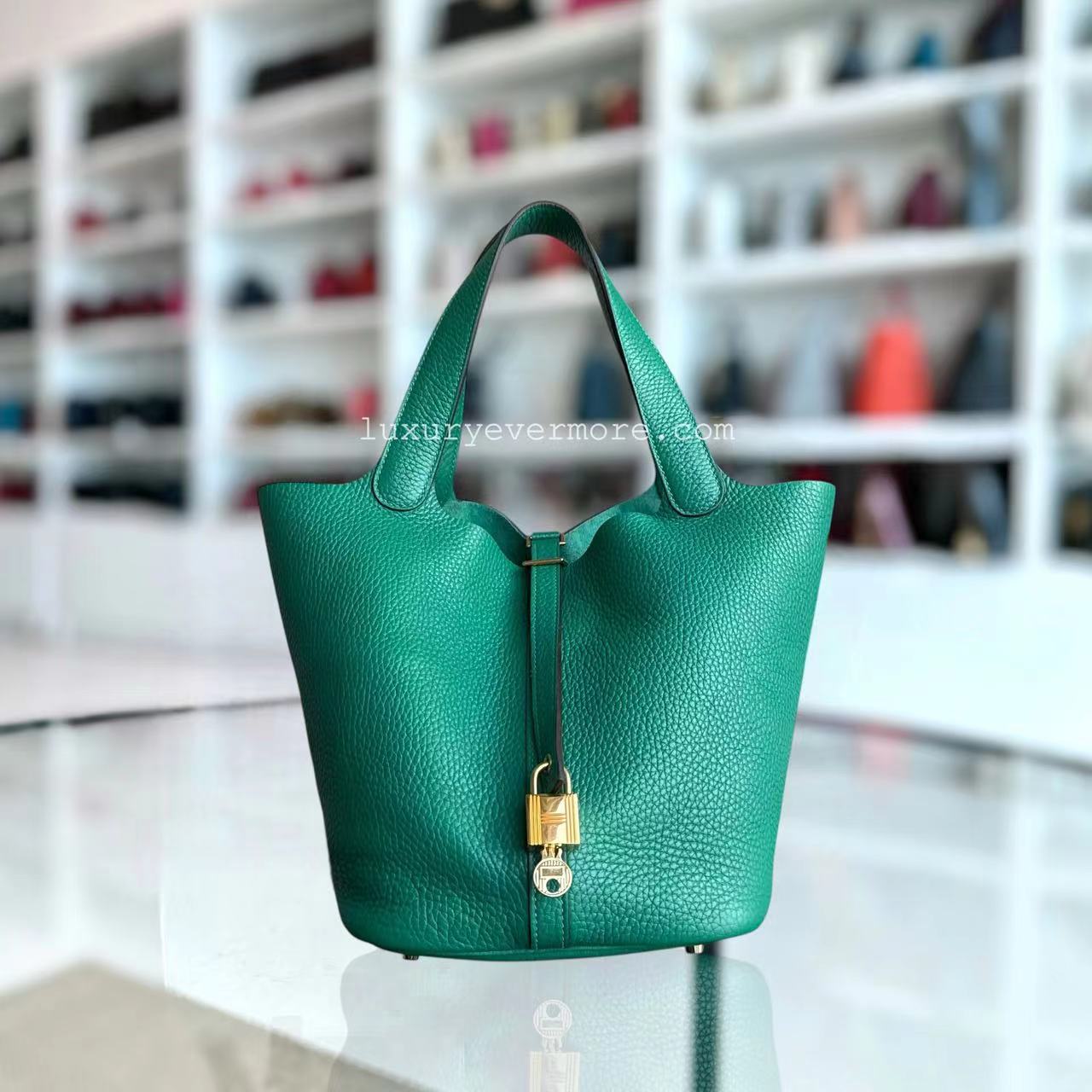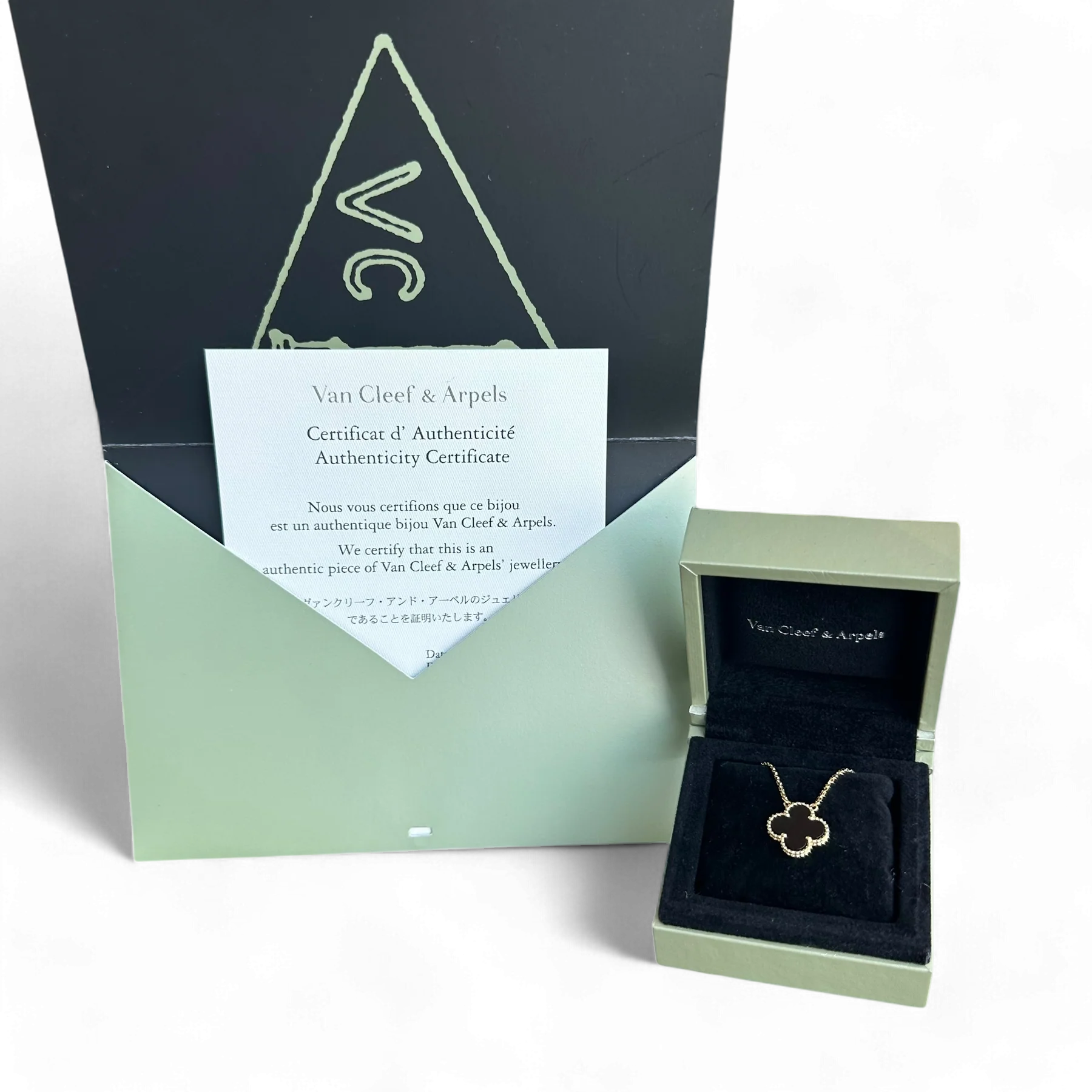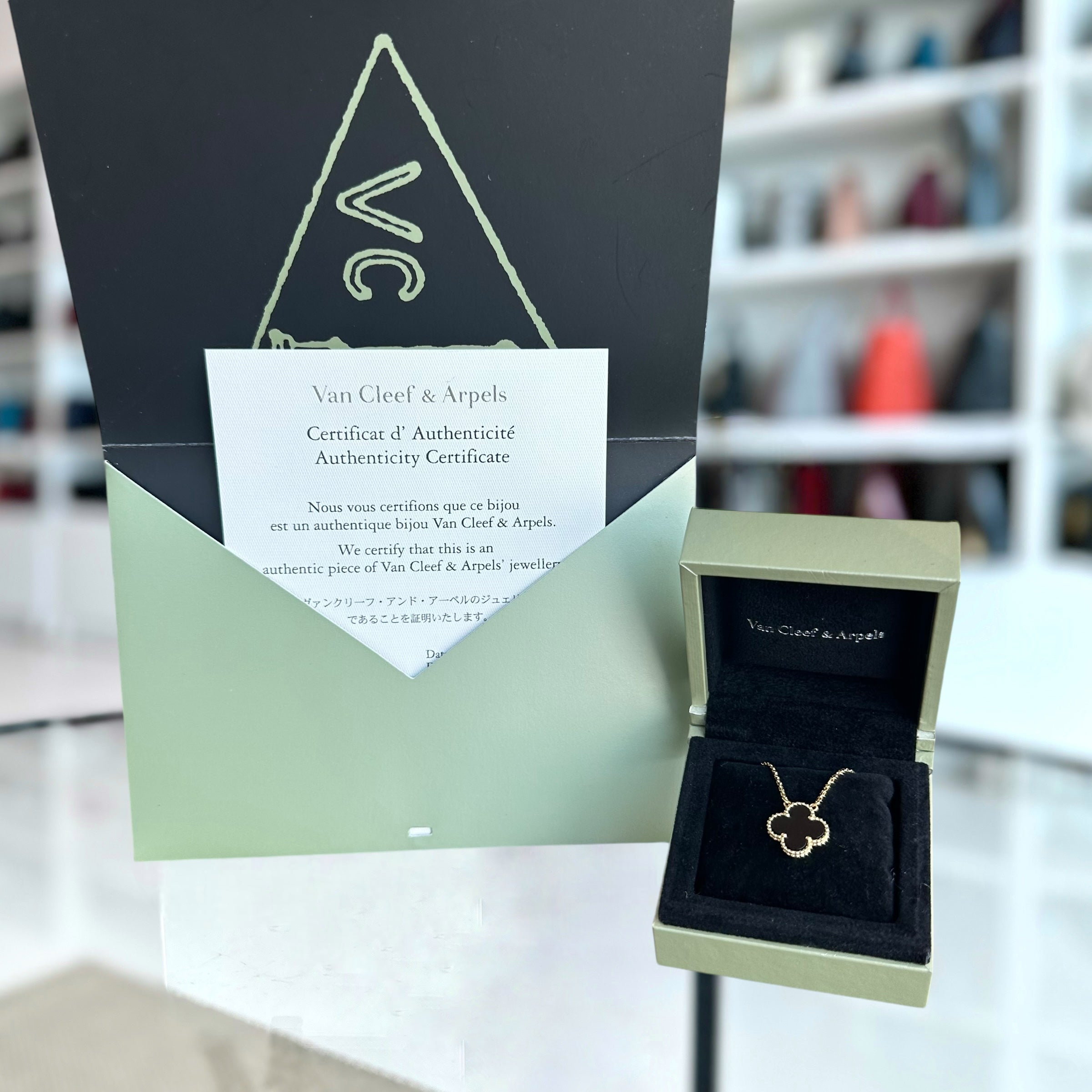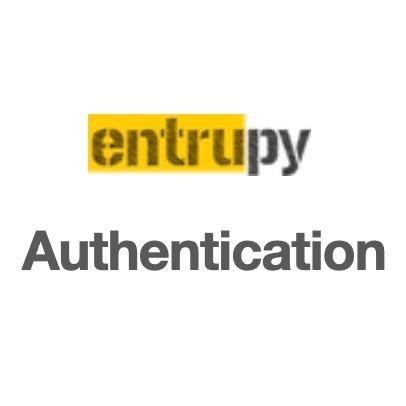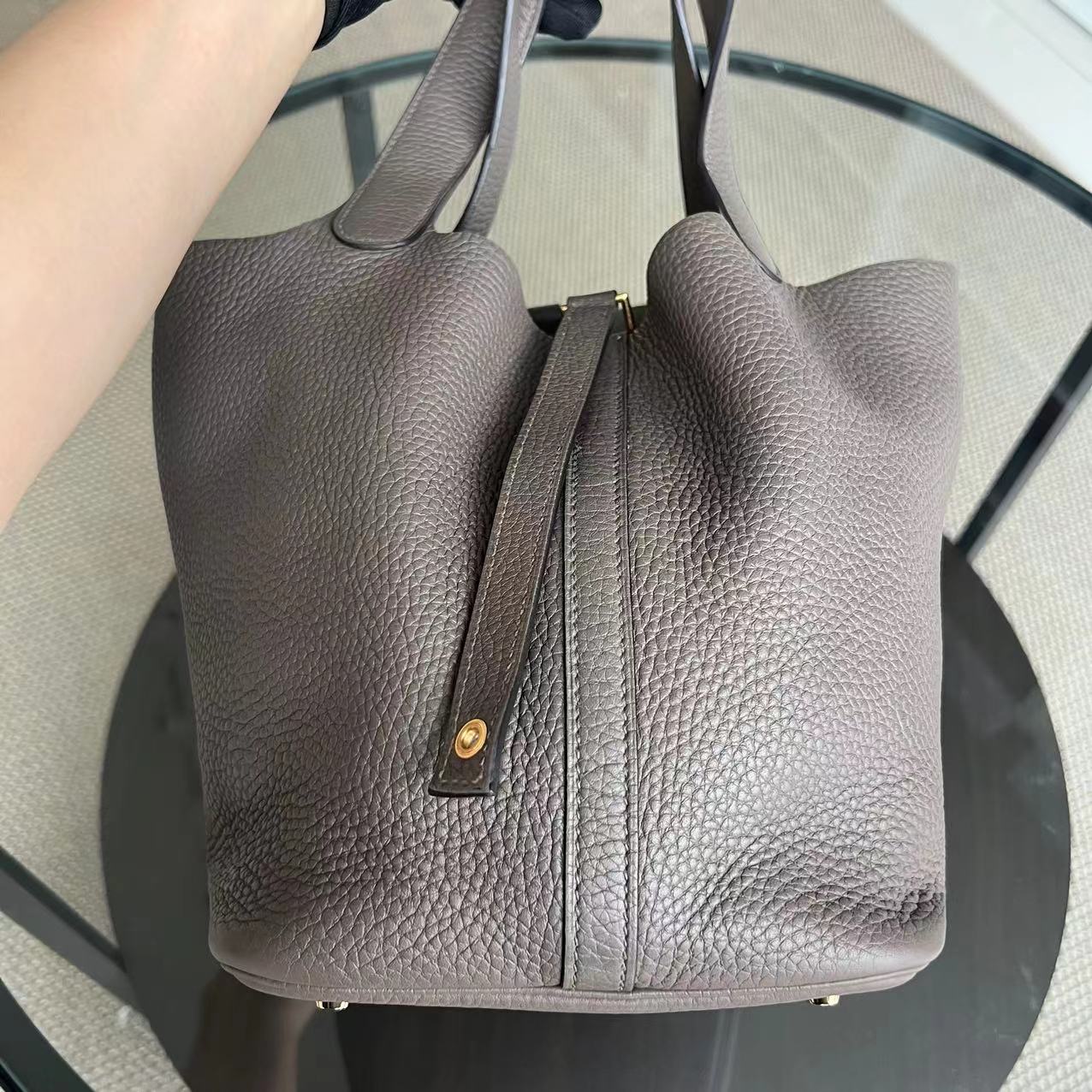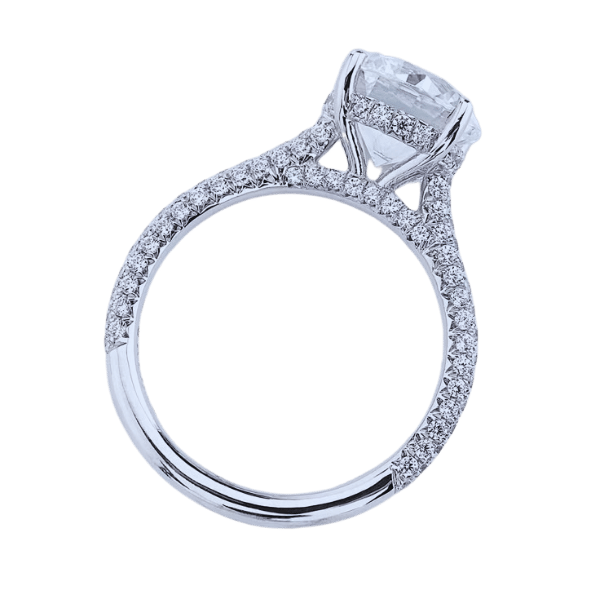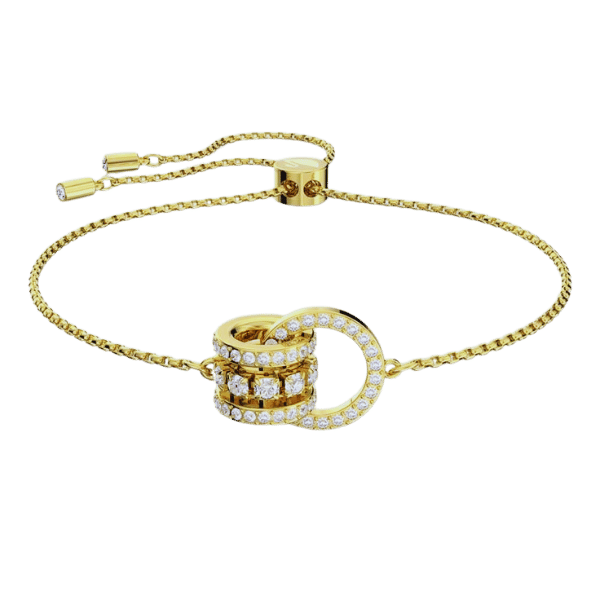Unlocking the Secrets of the Diamond Grading System: Your Guide to GIA and Leading Laboratories
When buying a diamond, estimating its actual worth can feel like finding your way through a convoluted maze. With many grading systems and words such as the GIA created the 4Cs, it’s pretty easy to get lost. This is where this guide comes in. One of the major tasks of the Gemological Institute of America (GIA), along with other top-tier laboratories, is to measure the quality of diamonds using precise grading systems, which must be based on industry standards. In this blog post, I attempt to explain how diamonds are evaluated: by their grade of the cut, color, clarity and carat weight so that you can feel empowered to make choices based. If you want to surprise your loved one with a diamond and do not know the first thing about diamonds or are intrigued by the science behind its shimmer, this guide is everything you need to learn what makes a diamond remarkable.
What is the Importance of the Diamond Grading Scale?

The diamond grading scale is important since it sets a uniform process to measure and describe a diamond's value. Adhering to important industry benchmarks like the four C's (cut, color, clarity, and carat) enhances standardization and fairness in the diamond industry. This allows exchanges of all sorts to occur reasonably, whereby the value of diamonds can be compared objectively. It also safeguards the buyer by giving correct details of the diamond’s information, which creates trust while buying.
Understanding the 4 Cs of Diamond Grading
The four Cs of diamond grading—its cut, color, clarity, and carat weight—form the global benchmarks for assessing a gemstone's value.
- Cut measures the shaping and faceting of the stone and directly relates to a diamond's brilliance and scintillation.
- Color assesses the presence or lack of hue within a diamond. The most valuable diamonds are colorless.
- Clarity involves assessing visible features termed inclusions and blemishes, which are considered internal and external faults, respectively.
- Carat Weight measures the size of the diamond, with higher weights often signifying greater value.
When taken together and analyzed, these markers offer insight into a diamond's perceived and actual worth while also ensuring that the buyer receives an undisputable and uniform evaluation.
How Does Carat Weight Affect a Diamond's Value?
A diamond's carat weight directly impacts its value, as it determines the size and rarity of the gemstone. Scarcity increases the proportion of value per carat for larger diamonds. However, the corresponding incremental ratio of weight and value does not always adhere to increasing order; a 2-carat diamond, for instance, is often worth much more than twice the price of a 1-carat diamond of the same grade because it is rarer.
Value appreciation happens at what are considered 'magic weights,' for instance, 0.50, 1.00, or 2.00 carats, which are greatly valued in the market as perception overshadows reality. Additionally, consumer behavior also adds to the problem since a slight increase in weight results in significant changes in value. Concurrently, it is essential to mention that the diamond's cut, clarity, and color grade also play an important role, along with the carat weight. Take, for example, a well-cut diamond that weighs the same as a poorly cut one—it will always appear larger, thus increasing its perception, further impacting value. Buyers need to assess all parameters so that the actual price matches the value of the diamond.
Exploring the Role of Color Grading in Diamond Quality
Color grading impacts the value and aesthetics of a diamond’s quality. The color spectrum of diamonds starts from D (colorless) and goes up to Z (with yellowish or brownish tint). According to GIA, the world benchmark institution for grading diamonds, D is the best grade a diamond can get, and from F to D, it is greatly valued. Premium prices are often associated with G through J diamonds. Even though they possess some tint, to a non-expert, these diamonds are value for money.
Recent advancements in precise imaging and spectroscopy have enabled advanced color grading techniques to be applied. Fluorescence is another factor to consider when assessing a diamond, given that it changes color perception under differing light conditions. With such differences under various lighting conditions, hue becomes an essential prerequisite for valuing a diamond, especially in the case of D-grade diamonds, where the difference in perception is stark compared to diamonds in the near-colorless range. Such considerations allow consumers to purchase while aligning their expectations with investment values.
How Does the GIA Diamond Grading System Work?

The Grading Process at the Gemological Institute of America
The Gemological Institute of America (GIA) utilizes a systematic, precise methodology in grading diamonds. Several trained gemologists meticulously inspect every diamond submitted to GIA under special controlled illumination and viewing conditions. The grading considers the “4Cs” of Carat Weight, Cut, Color, Clarity, and specific traits such as fluorescence. All evaluations are done independently to guarantee precision and impartiality. Using standardized forms after every stage permits the GIA to prepare a grading report summarizing all relevant data about the diamond. It thus provides unbiased and trustworthy data to all buyers and sellers.
What Information is Included in a GIA Diamond Grading Report?
A GIA graded report is crucial for describing a diamond's quality grade. Report elements include:
- Carat Weight: This refers to the diamond's weight as it is measured in units of hundredths of a carat.
- Cut Grade: This applies to standard round brilliant diamonds; it is an assessment of their light facet interaction.
- Color Grade: The evaluation of the diamond's color ranges from D to Z, where D is the diamond's colorless upper grade, while Z marks it as a lightish lower grade.
- Clarity Grade: This measures the internal and external features of the stone's structure, such as inclusions and blemish marks, on a scale from Flawless to Included.
- Measurements: These capture every dimension of the diamond, such as depth, diameter, and volumetric weight.
- Polish and Symmetry: These are defined as surface finish and facet arrangement, hence describing polish and symmetry, respectively.
Moreover, a GIA report number is provided for verifying the polished diamonds, which ensures their trustworthiness alongside fluorescence details and a plotted illustration of clarity attributes. Standardization of this data builds balance, trust, and transparency for all buyers and sellers involved.
Why Trust the Gemological Institute of America for Diamond Certification?
The Gemological Institute of America (GIA) is the most trusted and recognized institute in the world for gemology and diamond grading. Founded in 1931, GIA has pioneered the diamond industry’s benchmark metric of evaluating diamonds using the 4Cs, which include cut, color, clarity, and carat weight. Its reports are considered some of the best in the industry because they are accurate, consistent, and impartial. This accuracy makes them respected and relied upon by the industry's consumers and professionals.
As a nonprofit institute, GIA focuses on research, education, and preserving the integrity of the gems and jewelry domain. Their state-of-the-art laboratories around the globe utilize modern diamond grading tools like spectrometers and other precision devices, which allow for careful and scientific evaluations. Moreover, GIA diamond grading reports enhance consumer trust because they are laser-inscribed with unique serial numbers matched to a secure database where the report can be accessed online, safeguarding documents from potential fraud.
Furthermore, GIA’s investment in the advancement of diamond identification methods enables it to keep up with new treatments and technologies in synthetics. This warranty for the consumer is why GIA is known as the backbone in the diamond certification corridor, enabling it to be viewed as a revered institution.
What Are the Differences Between Various Diamond Grading Laboratories?

Comparison Between GIA and IGI Certification Standards
|
Parameter |
GIA |
IGI |
|---|---|---|
|
Reputation |
Highly trusted |
Well-regarded |
|
Grading |
Stricter |
Slightly lenient |
|
Cost |
Higher |
Lower |
|
Speed |
Slower |
Faster |
|
Availability |
Limited |
Wide |
|
Focus |
Consistency |
Accessibility |
|
Market Value |
Higher resale |
Moderate resale |
|
Lab-Grown |
Certifies |
Certifies |
|
Education |
Extensive |
Moderate |
|
Report Detail |
Comprehensive |
Detailed |
Evaluating Grading Charts and Grading Reports
While evaluating grading charts and grading reports, it is crucial to pay attention to credibility, precision, and granular details. Institutions such as GIA and IGI provide certification based on thorough scrutiny, comprehensively documenting the gem’s attributes to internal standards. GIA reports are trusted for rigorous adherence to internal benchmarks and comprehensive documentation; thus, they are invaluable for high-stakes investment disbursements. In contrast, IGI reports provide a faster, more accessible service with moderate accuracy aimed at the lower-end jaded market, while GIA created the 4Cs for more rigorous benchmarks. Each serves different clients based on their needs, whether the diamond’s cut provides maximum return on resale value versus cost, and accessibility.
How to Choose the Right Laboratory for Your Diamond Certificate
While selecting a laboratory for your diamond certificate, determine your primary needs and priorities. The Gemological Institute of America (GIA) is the most trusted option if you are buying a high-value diamond and need the most exacting grading accuracy and resale value standards. If a faster, less expensive certification is sought, with reasonable precision relative to a broader market, then IGI would be the better choice. Analyze the intended use of the certification, its intended value, and the overall budget to arrive at a decision.
Decoding the Diamond Grading Report

Key Elements of a Diamond Grading System
A diamond grading system appraises a gemstone based on the widely accepted “4 Cs”: Carat, Cut, Color, and Clarity.
- Carat: Refers to the weight of the diamond, with a higher value of carat weight translating to greater value.
- Cut: Evaluates the diamond’s proportions, symmetry, and polish, which affect its brilliance and aesthetic appeal.
- Color: Grades the diamond from D(colorless) to Z(light yellow or brown), with colorless being the most coveted.
- Clarity: Evaluate internal or external blemishes and inclusions and grade Flawless (FL) or Included (I). Fewer imperfections translate to greater value.
These parameters provide an unbiased assessment of the diamond’s quality and value.
Interpreting Inclusions and Blemishes on a Clarity Scale
Evaluating inclusions and blemishes entails assessing the quantitative and qualitative aspects, such as the number, dimensions, shape, location, and prominence of imperfections within (inclusions) or on a diamond's surface (blemishes). The clarity scale extends from Flawless (FL), where no inclusions or blemishes are visible with 10x magnification, to Included (I), where noticeable and sometimes prominent inclusions could impact the diamond's scintillation. Clarity, which at the higher grades means the stone has fewer or less conspicuous defects, is one of the diamonds' evaluated attributes that define its value and appeal.
Assessing the Cut Grade and Its Impact on Scintillation
The cut grade of a diamond is one of its most important characteristics that determines how it scintillates or sparkles while interacting with light. A diamond is evaluated on the light symmetry, polish, and angle, resulting in unmatched brilliancy, affecting how well it reflects or refracts light. Scintillation depends on angles, dimensions, and shine ratios, and the precision—this involves smooth-cut diamonds alongside patterned balanced build.
A diamond’s cut quality usually starts from Excellent, Very Good, Good, Fair, and ends at Poor. Round brilliant cut diamonds are often sold alongside Excellent grade diamonds, yielding the most post light efficiency and performing the least on light leakage thanks to the best crown proportions. Research revolving around diamond behavior and light interactions shows crown and pavilion angles with crown angles around 32-35 degrees, and pavilion angles 40.6-41 degrees, providing optimal light return and brilliant fire.
Moreover, new technology has introduced the use of light technology and symmetry precision scoring with ray tracing and gemology, enhancing the evaluation of a diamond's cut quality. To acquire the best modern standards, buyers are prioritizing precision cuts as they relate to the brilliance of the diamond. Thus, even though clarity and carat weight are both important, the degree of cut grade influence on a diamond's brilliance massively impacts a diamond’s desirability and value.
How do you use Diamond Certification to purchase a diamond?

The Role of Diamond Grading in Determining a Diamond's Value
Diamond grading stratifies diamonds into different classes with respect to their quality using a systematic approach that takes into consideration the 4Cs of grading: carat weight, cut quality, color grade, and clarity. Usually, grading documents are published by recognized institutions such as the GIA or AGS, which conduct a thorough analysis that determines a diamond's worth in the market.
For example, within the cut grade, which ranges from Excellent to Poor, there lies an essential factor concerning the interaction of light with the diamond, which impacts how it fires and how brilliant it is. An analogous example would be the color grade, which marks the absence of color in white diamonds, with D being the highest and Z being the lowest, and offers a range from completely colorless to light yellow or brown, whereby higher color grades usually yield a better price. The clarity grade is defined as the presence of internal inclusions or external blemishes, which is evaluated under 10x magnification, where most grading systems place FL (Flawless) as the highest grade achievable.
To instill greater confidence, these grading reports include exact measurements such as carat weight to the hundredth decimal and proportion measuring light performance. Buyers are also advised to look for laser inscriptions on diamonds that correspond with the grading reports and guard against fraudulent substitutions. Together, these evaluations enable buyers to understand a diamond's quality and price in a descriptive and uncomplicated manner.
Tips for Evaluating Round Brilliant and Colorless Diamonds
- Examine the Cut Grade: For optimal light performance, select diamonds marked as “Excellent” and “Ideal” because they significantly impact brilliance and fire.
- Consider Carat Weight and Proportions: When evaluating the carat weight in relation to the proportions of the diamond in question, consider symmetry to ensure symmetry and balance for enhanced beauty and functionality.
- Evaluate Clarity Grades: To achieve an optimal balance of quality and value, aim for diamonds with clarity ratings of VS2 or higher. Review clarity grades to scrutinize inclusions or blemishes.
- Scrutinize Color Grades: For colorless diamonds, choose those graded D and F, as these possess the most desirable lack of color and accentuate a round brilliant cut.
- Request Grading Reports: Never overlook the diamond’s attributes by relying on unverified claims; always use reputable grading reports such as those from GIA or AGS to check the representation of key characteristics.
Ensuring Quality Diamond Purchases with the 4 Cs
To ensure that every diamond purchase is of the right quality, concentrate on the 4 Cs: Cut, Clarity, Color, and Carat weight. Select a Cut grading of Excellent or Very Good. This will ensure optimal brilliance. As for Clarity traits, prioritize ratings of VS2 or higher to ensure no visible inclusions. For a colorless diamond, opt for color grades between D and F. Select a carat weight that is ideal for you, your taste, and your budget, all while keeping the diamond's proportions in mind. For any claims about the diamond, always check against an official grading report from reputable sources such as GIA or AGS for trustworthy precision.
Frequently Asked Questions (FAQs)
Q: What are the 4Cs in diamond grading?
A: The 4Cs in grading diamonds, as created by GIA, consist of Carat Weight, Color, Clarity, and Cut. These characteristics are essential in measuring the grade and worth of a diamond.
Q: How does GIA assess the color of a diamond?
A: GIA determines the color of the diamond from a color spectrum ranging from D, which is colorless, to Z, which is light yellow or brown. This model is essential in determining how much value a diamond would lose because of its color.
Q: What is the importance of the cut of a diamond?
A: A diamond's cut is one of its most essential parts, as it determines how it will obtain maximum brilliance and sparkle. A properly cut diamond will reflect light on and in the stone, enhancing its beauty and value.
Q: How do you determine the clarity of a diamond?
A: The clarity of the diamond is evaluated through a grade scale after it is examined with 10x magnification, peering at interiors with inclusions, and externally for blemishes. A gemologist analyzes these traits and assigns the corresponding grade for clarity.
Q: How important is weight in the grading of diamonds?
A: The size of the diamond is measured in carats, with kilograms being the base unit. One carat is equal to 200 milligrams. The diamond's size in carats and other Cs impacts its value.
Q: How does a Laboratory Report Impact the Grade of a Diamond?
A: A quality laboratory will give an unbiased determination of the gem's evaluation using the 4Cs, which include cut, carat, color, and clarity. Institution reports like GIA and American Gem Society, with CVD-graded diamonds, offer vital data regarding the diamond and its claim.
Q: How does a lab-created diamond differ from a Natural Diamond in Grading?
A: Every natural or synthetic diamond undergoes the same grading procedure using the 4C structure. Laboratory reports document them, showing purchasers their value compared to natural diamonds.
Q: What do diamond color and clarity mean, and how do these two differ visually?
A: The absence of color results in a diamond that may be measured and labeled on the color scale, while a diamond of top grade clarity is transparent and also shows gaps in the diamond in the form of inclusions or blemishes.
Q: How do diamond experts utilize the 4Cs to evaluate a diamond’s worth?
A: As with all diamonds, professionals utilize the 4Cs as a benchmark to measure the individual qualities of a diamond. All eight factors combined aid in determining the best price for consumers and suppliers in the market.
Reference Sources
1. Enhancing Student Learning Motivation Through Integration of Online Components with Laboratory Onsite Courses: A Case of Diamond Grading Course (Kiratisin, 2019)
- Key Findings:
- Grading diamonds using online resources enhances student interest in the subject.
- Some students have expressed interest in further developing an online gems and jewelry education platform.
- Methodology:
- The sample class voluntarily participated in the test of the motivation and comprehension levels for the subject obtained during onsite teaching, compared to the blended model, where face-to-face teaching was supplemented with online tools.
2. Understanding The GIA Diamond Grading Report - University of California, Berkeley
- This site offers information on the GIA grading system, emphasizing the 4Cs: Color, Cut, Clarity, and Carat Weight.
Contact Luxury Evermore should you need help with acquiring or building up your collection. There is a variety of brands with different styles, as well as sizes, and colors, for example, Hermes, Chanel, lv and Dior. If you are not lucky enough to find the bag you are looking for on our website then our concierge team will probably be able to order it for you. We provide 100% authenticity guarantee for all our bags, and any item sold on this site will be dispatched to you within one to two business days upon receipt of the payment.






